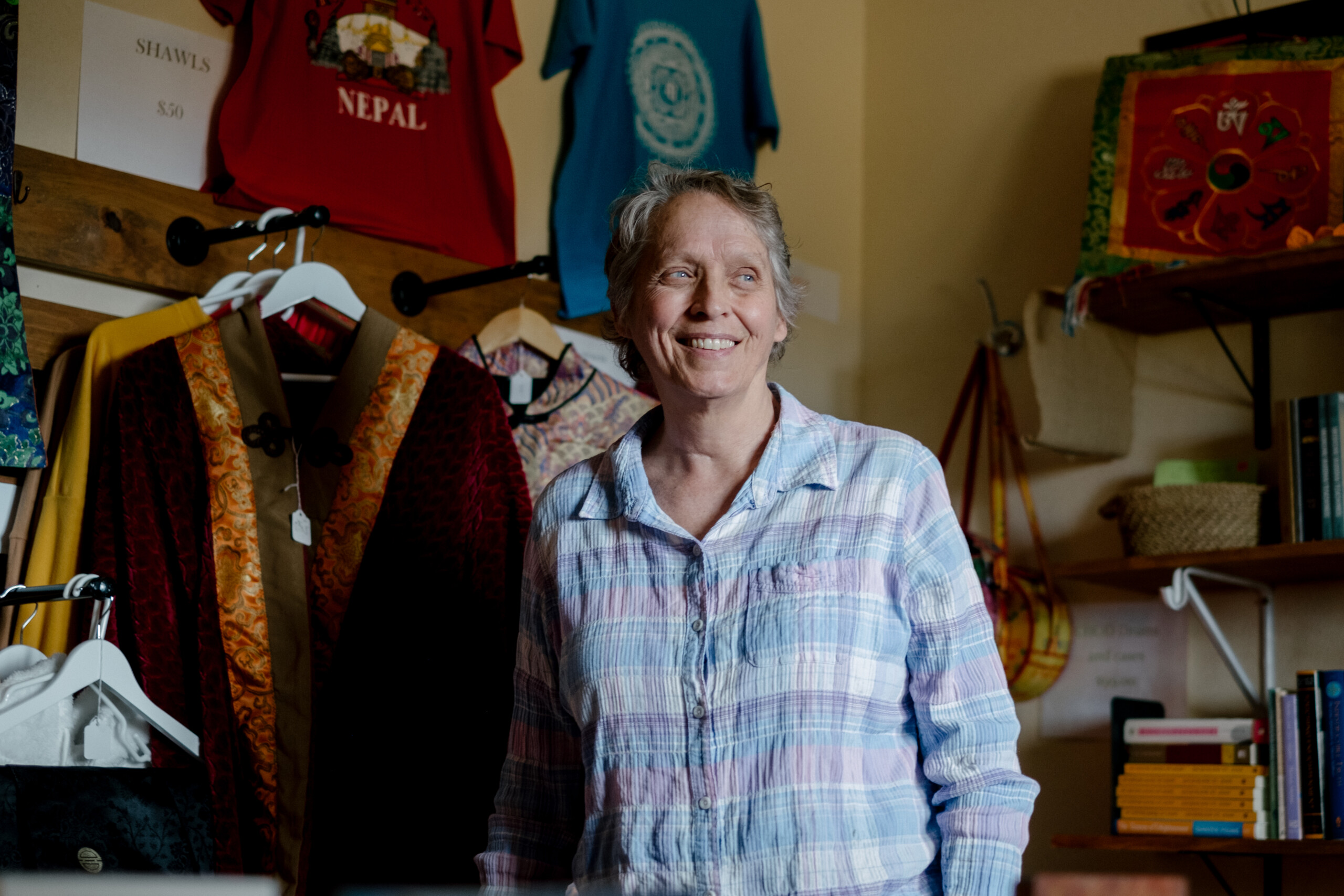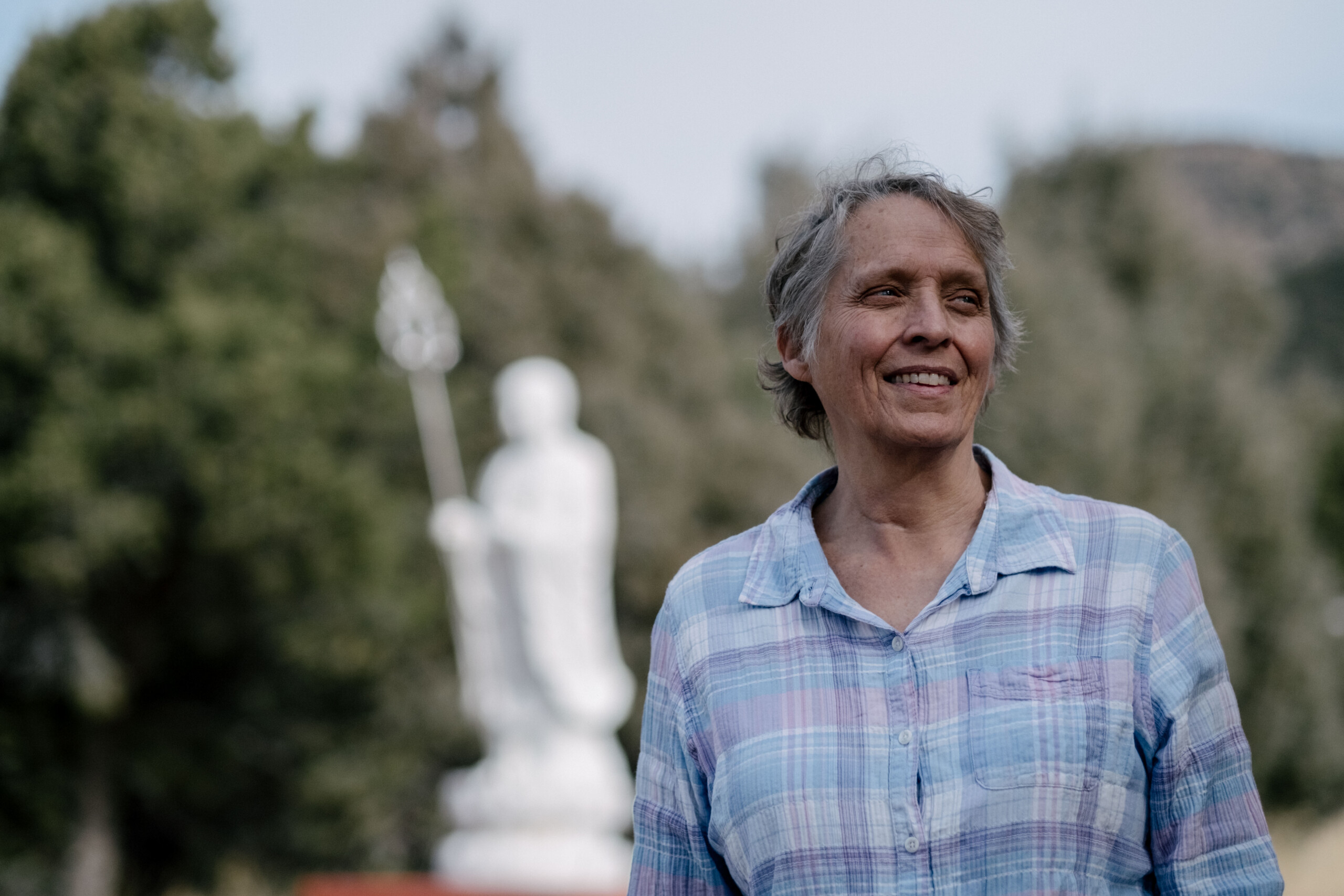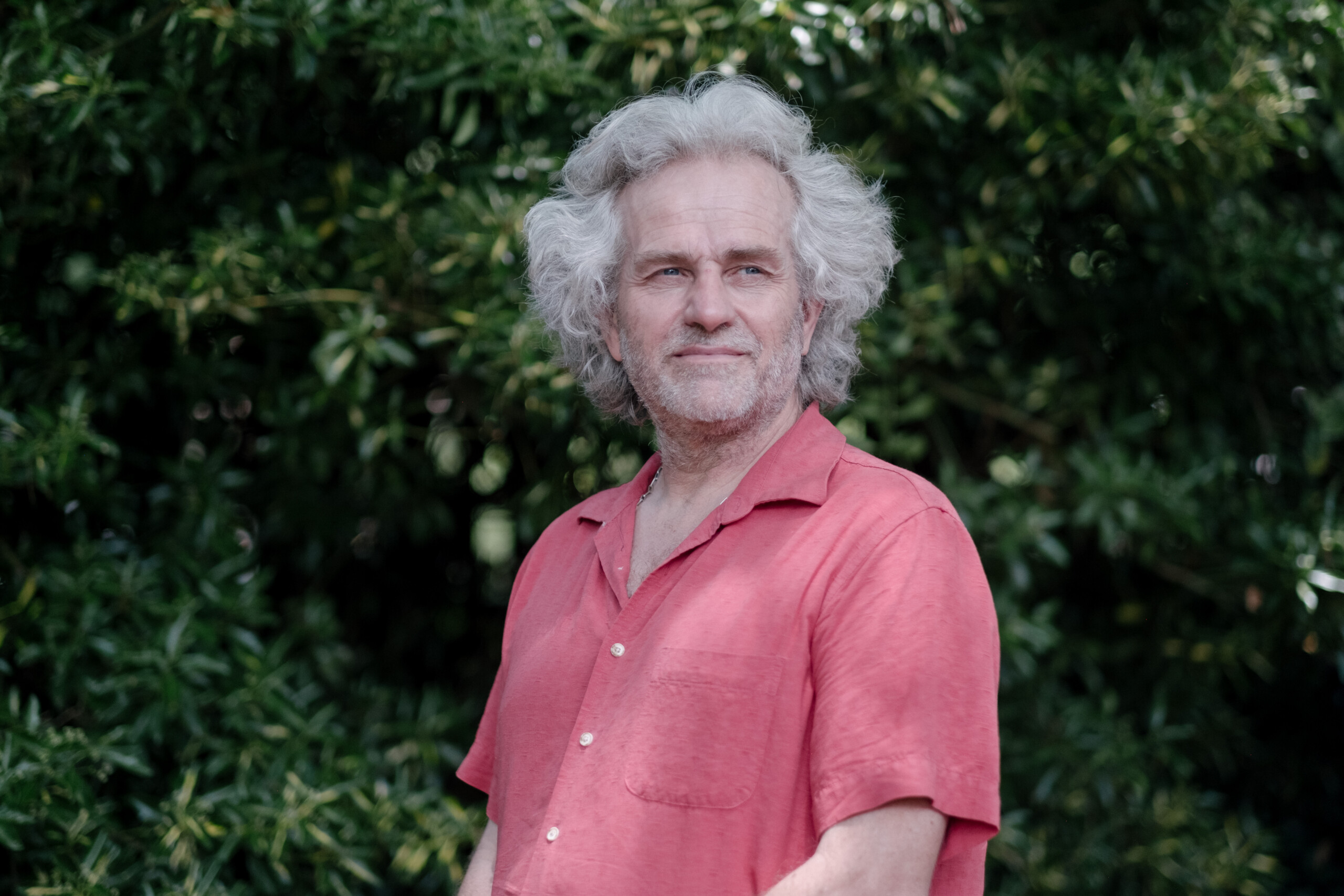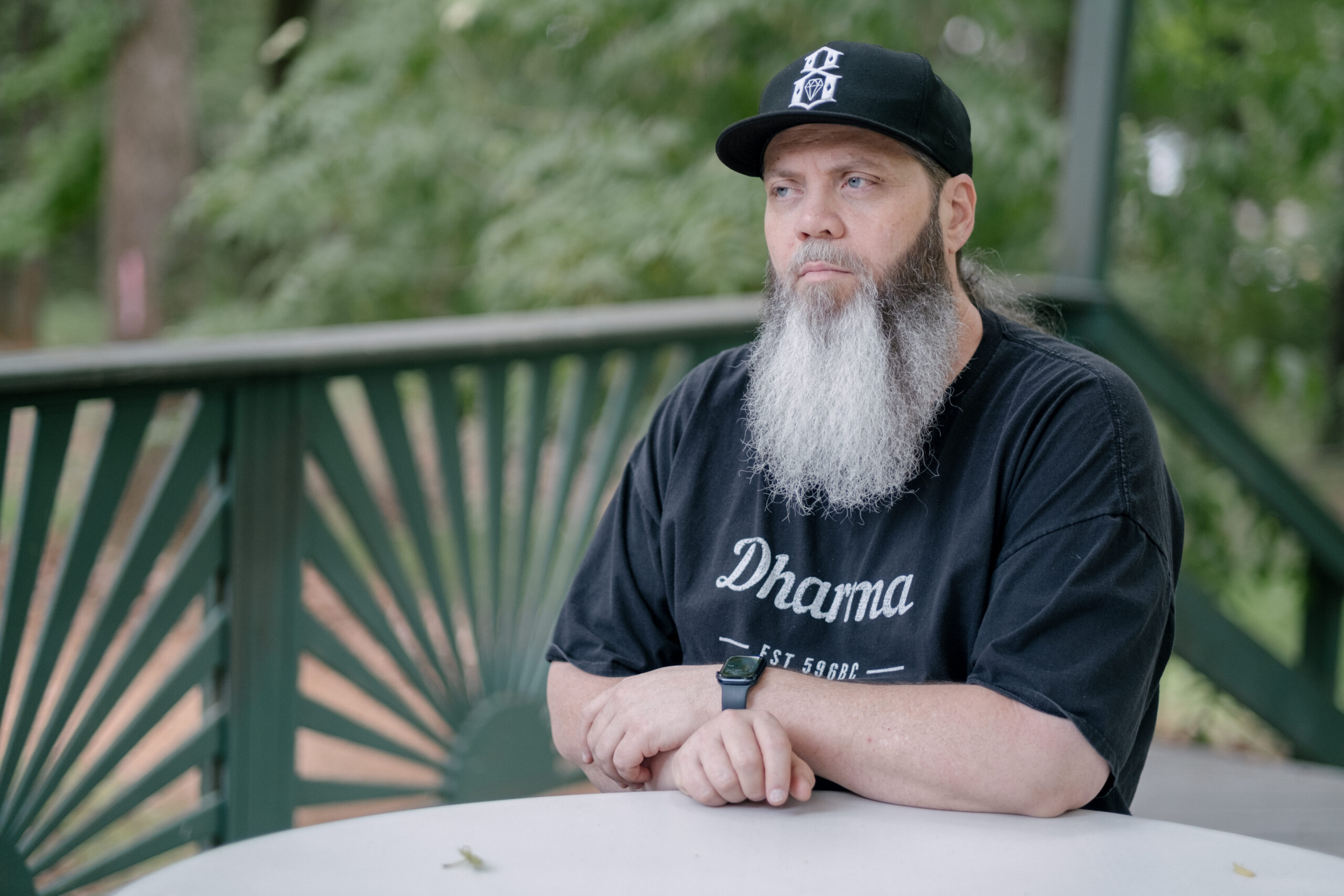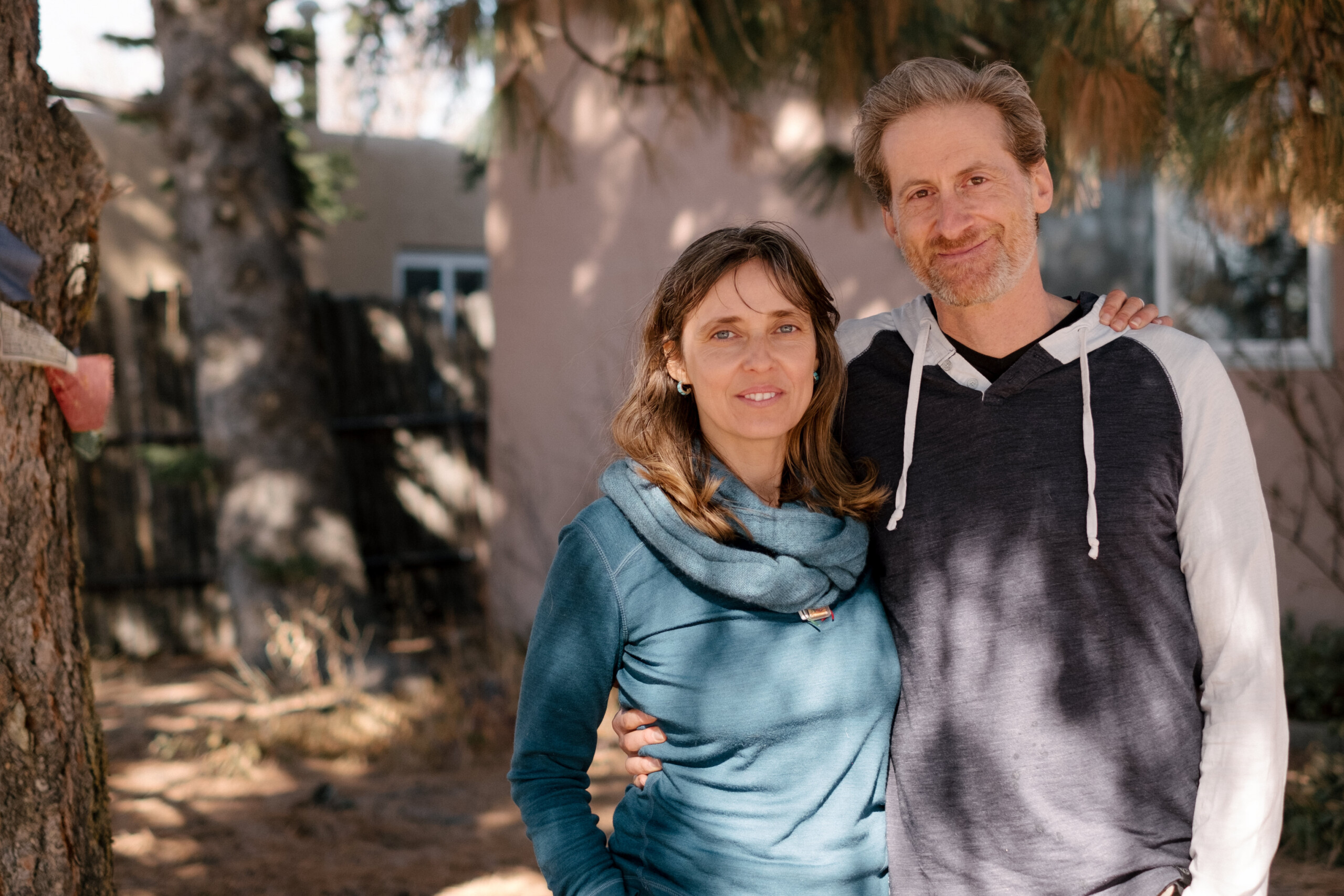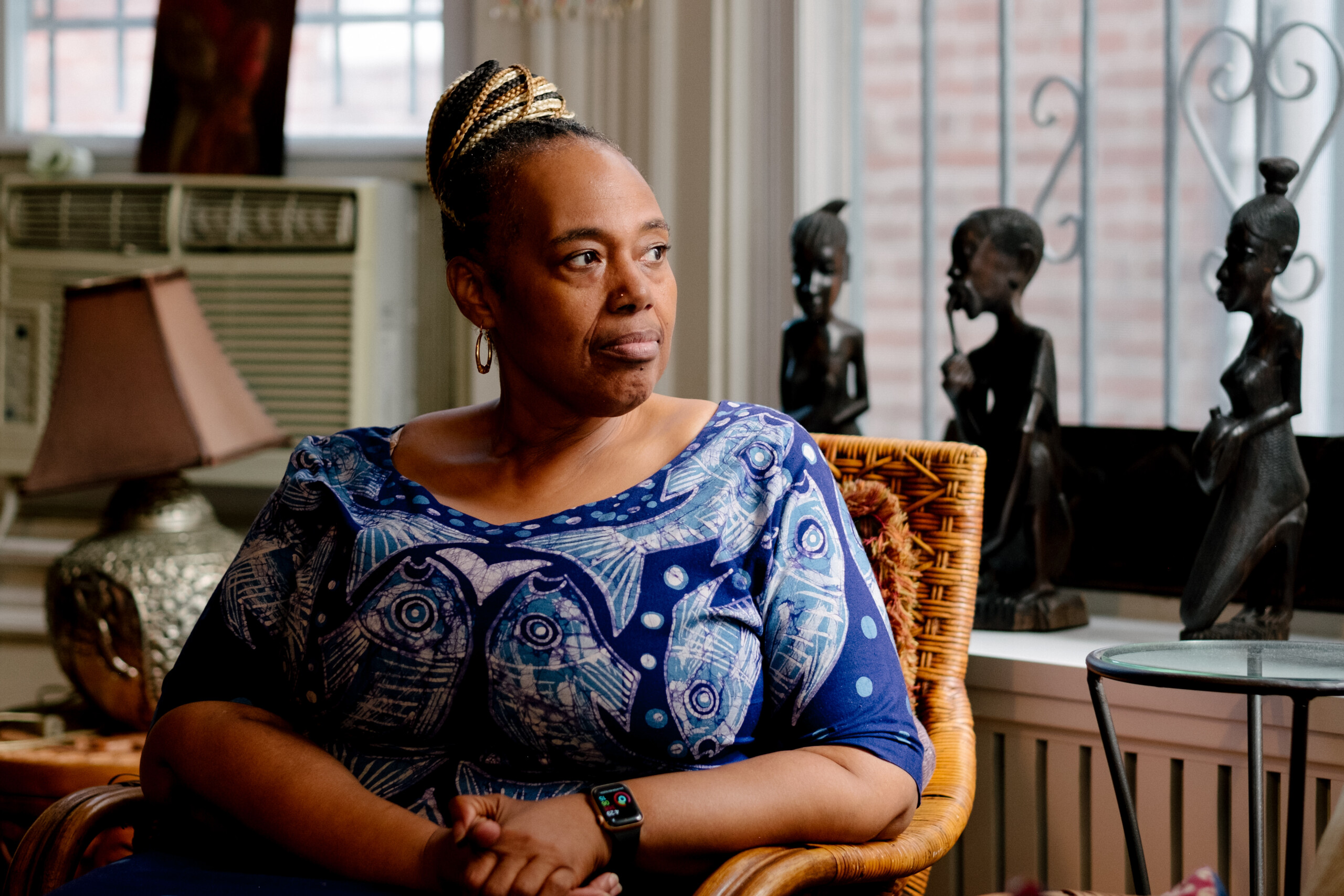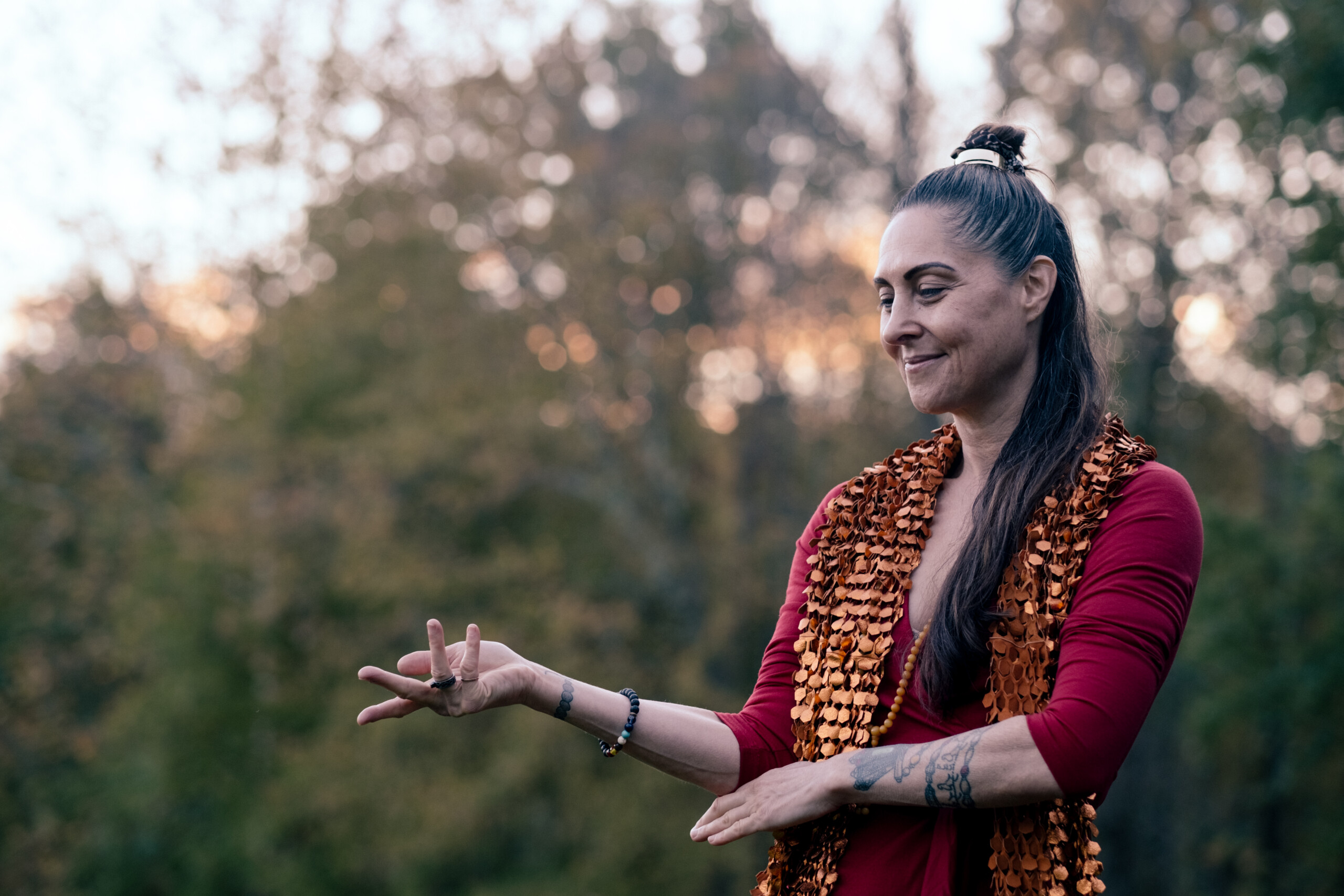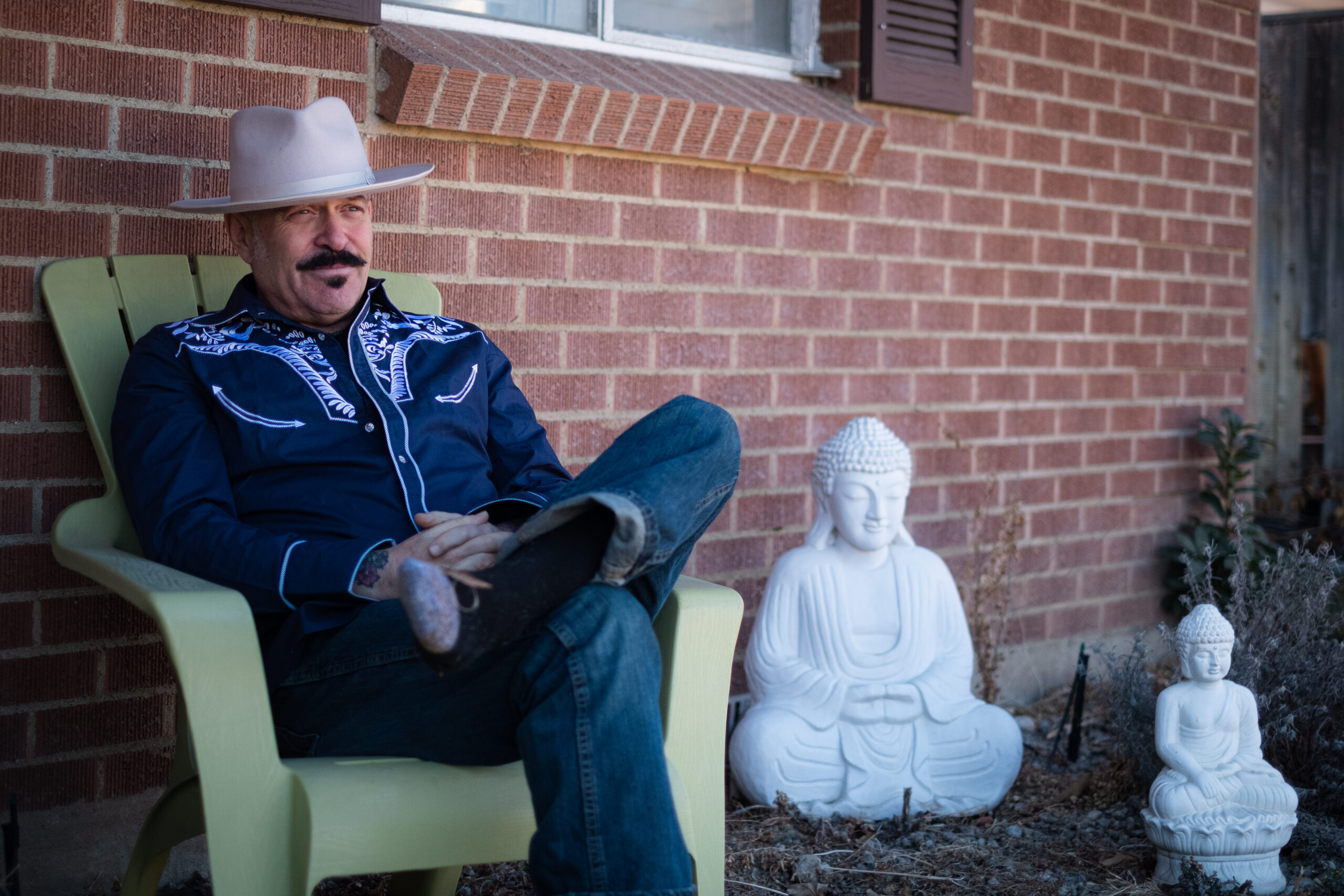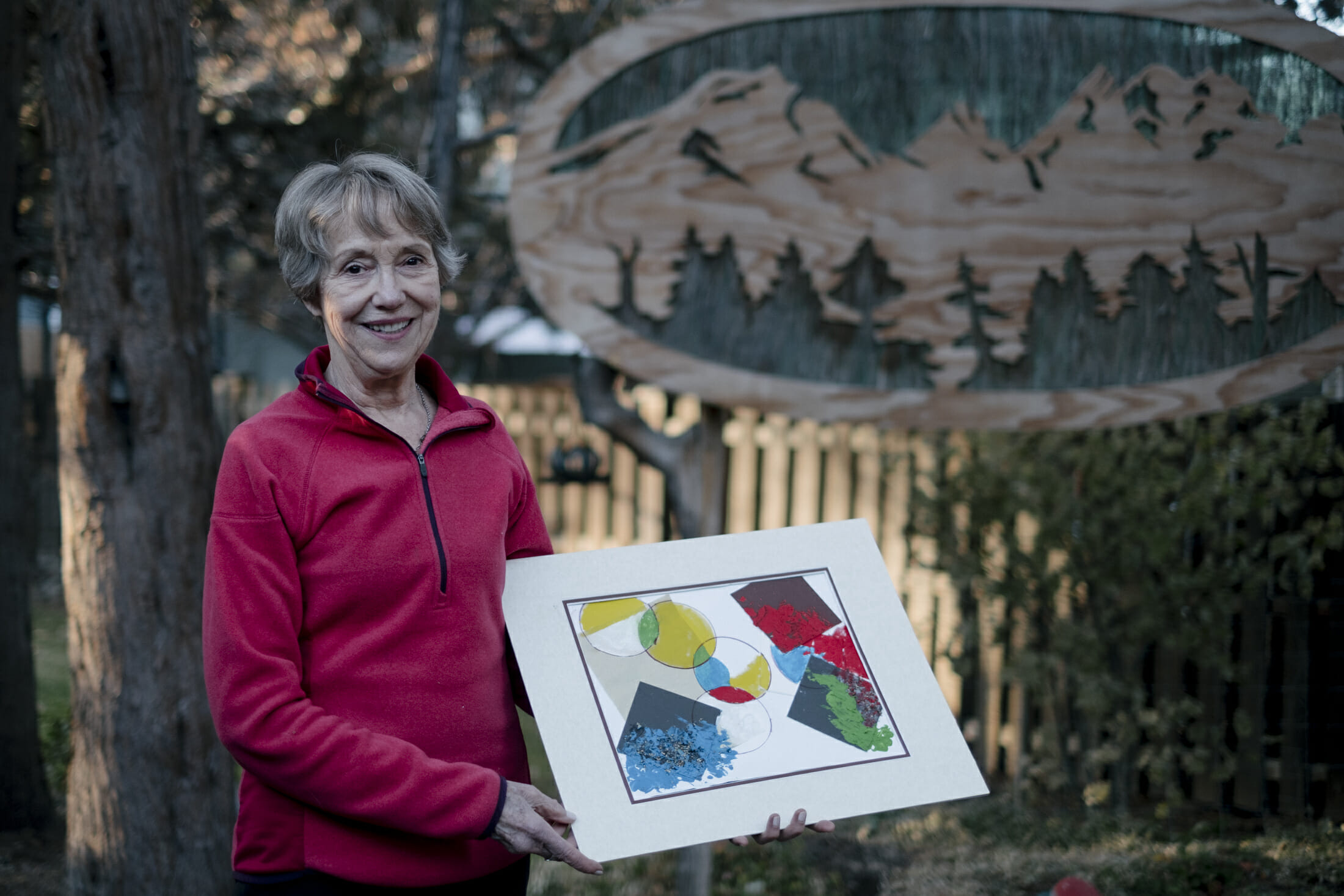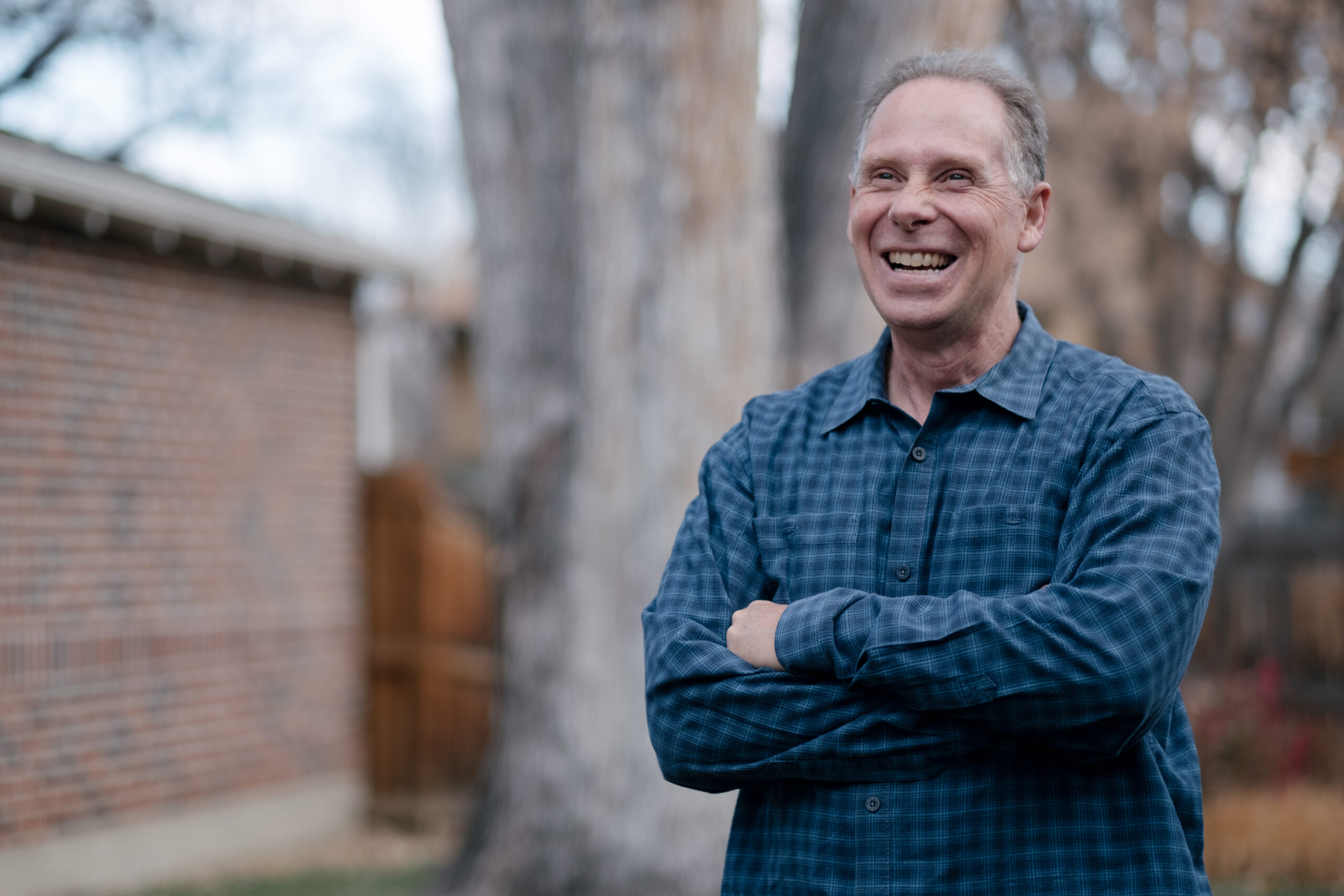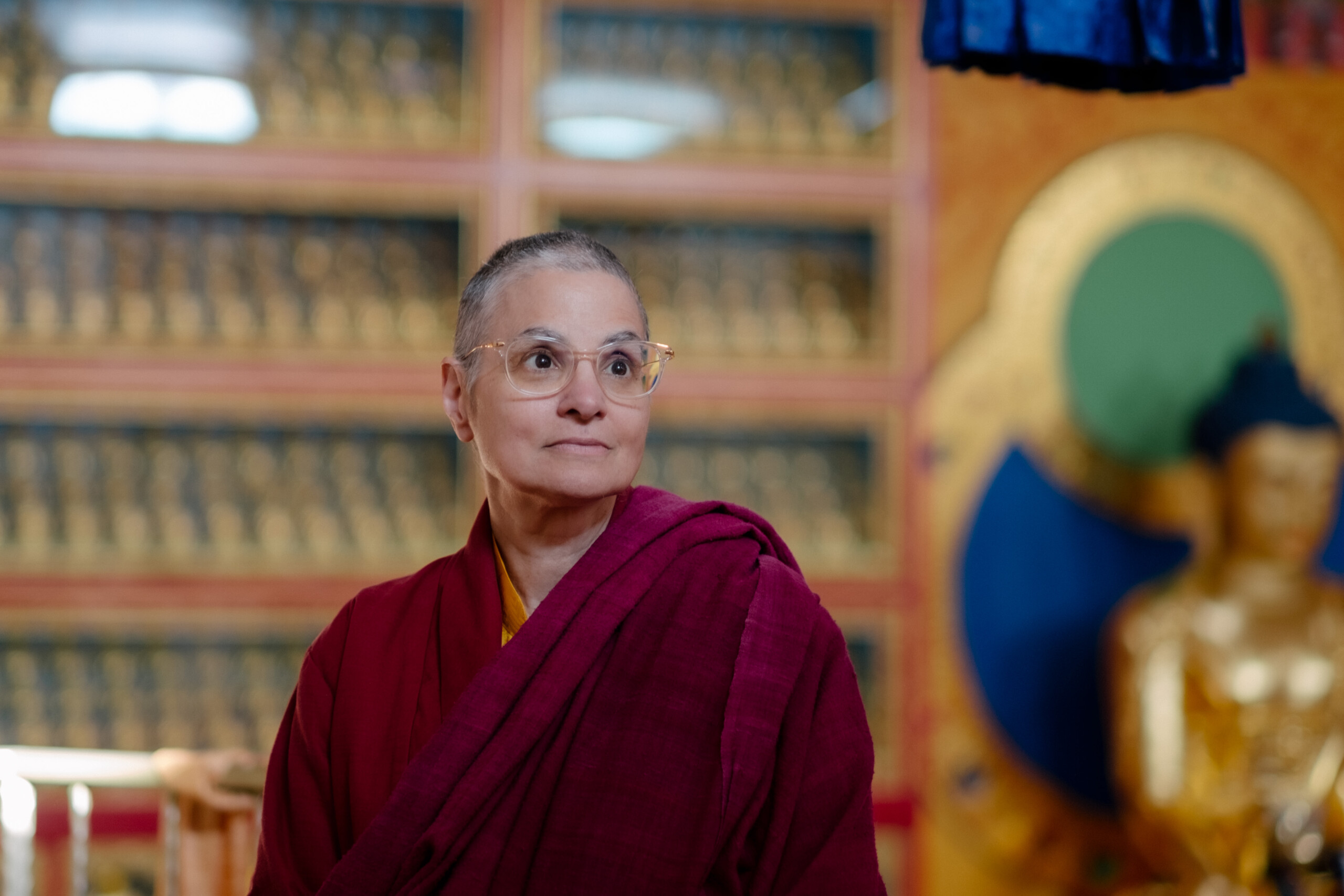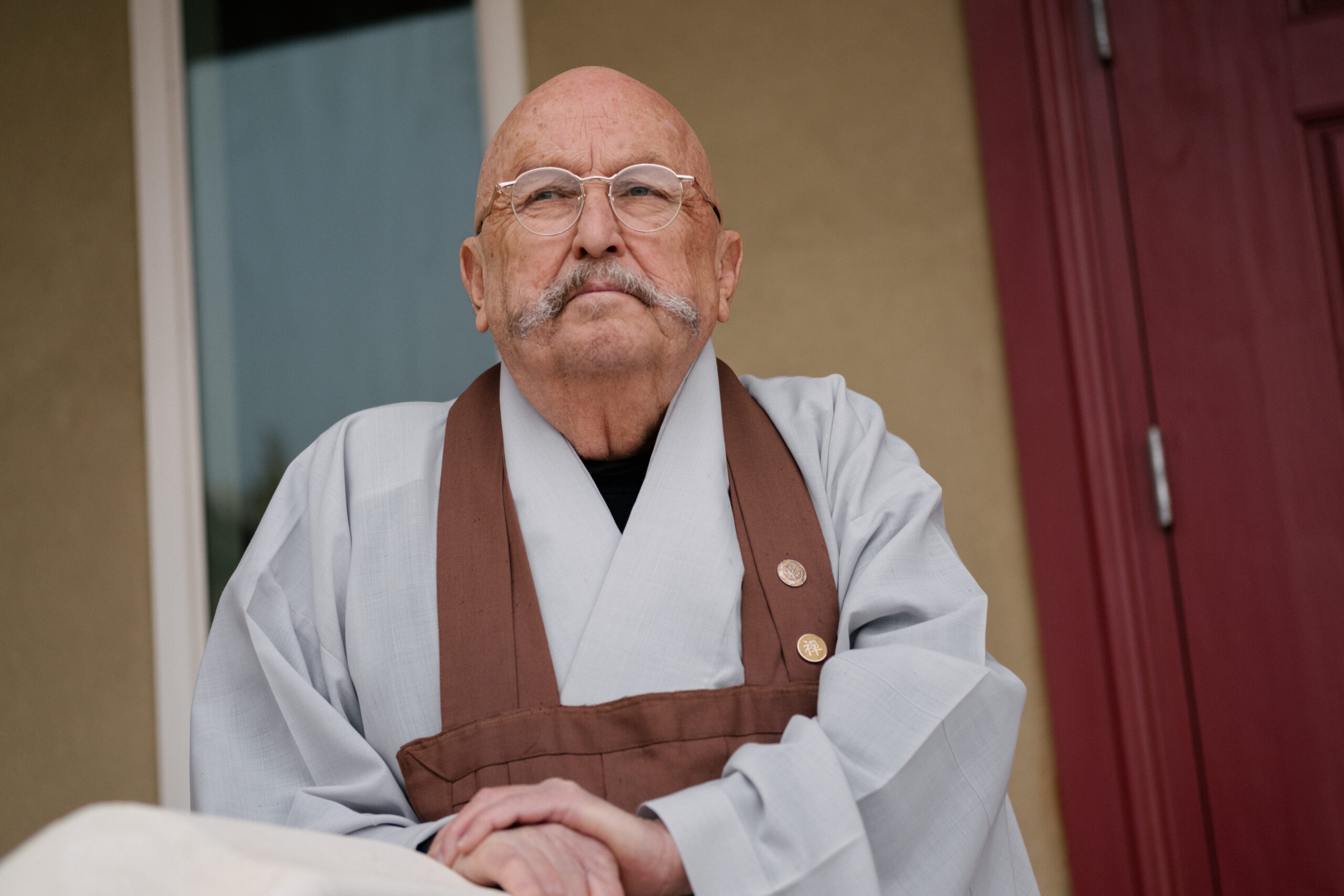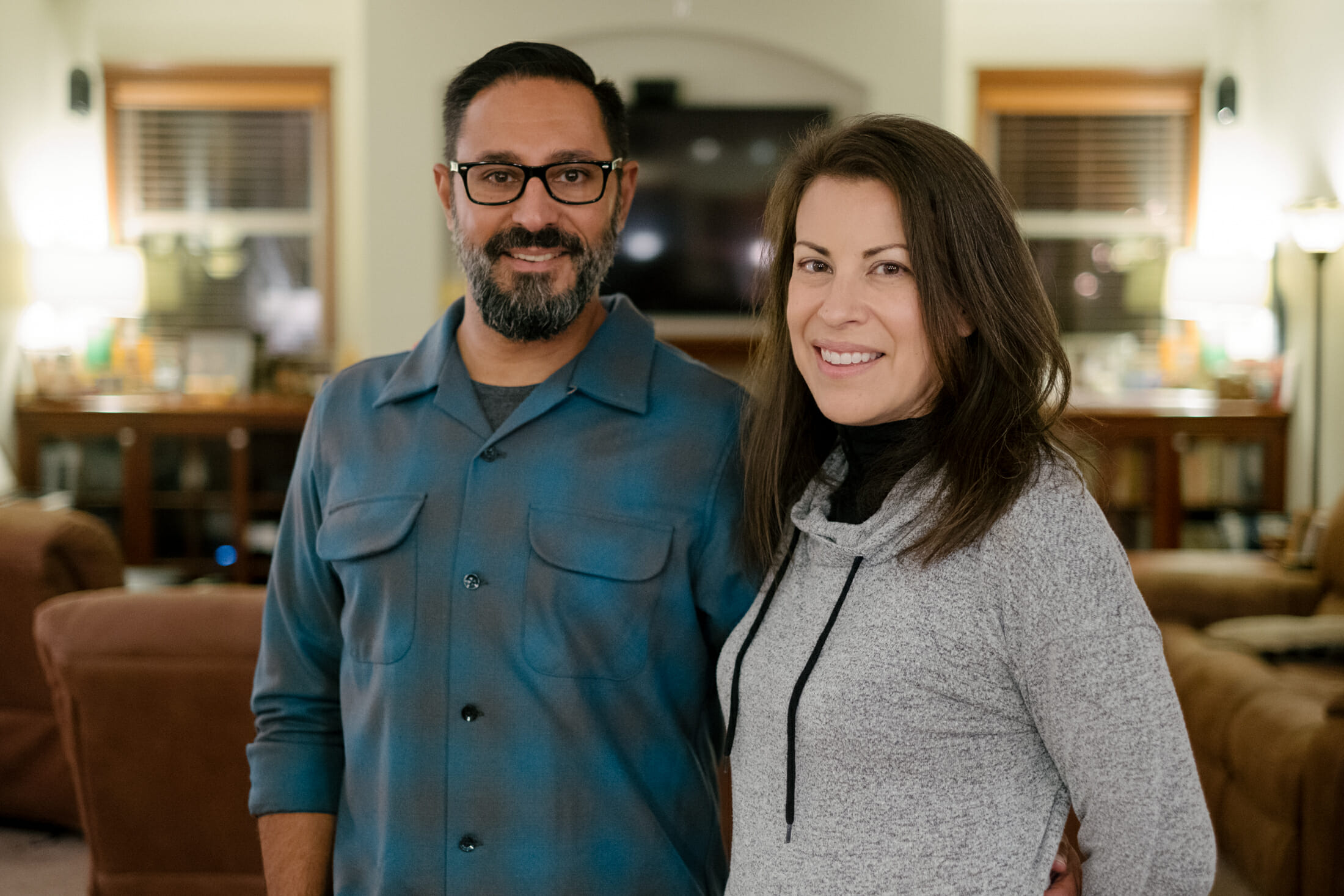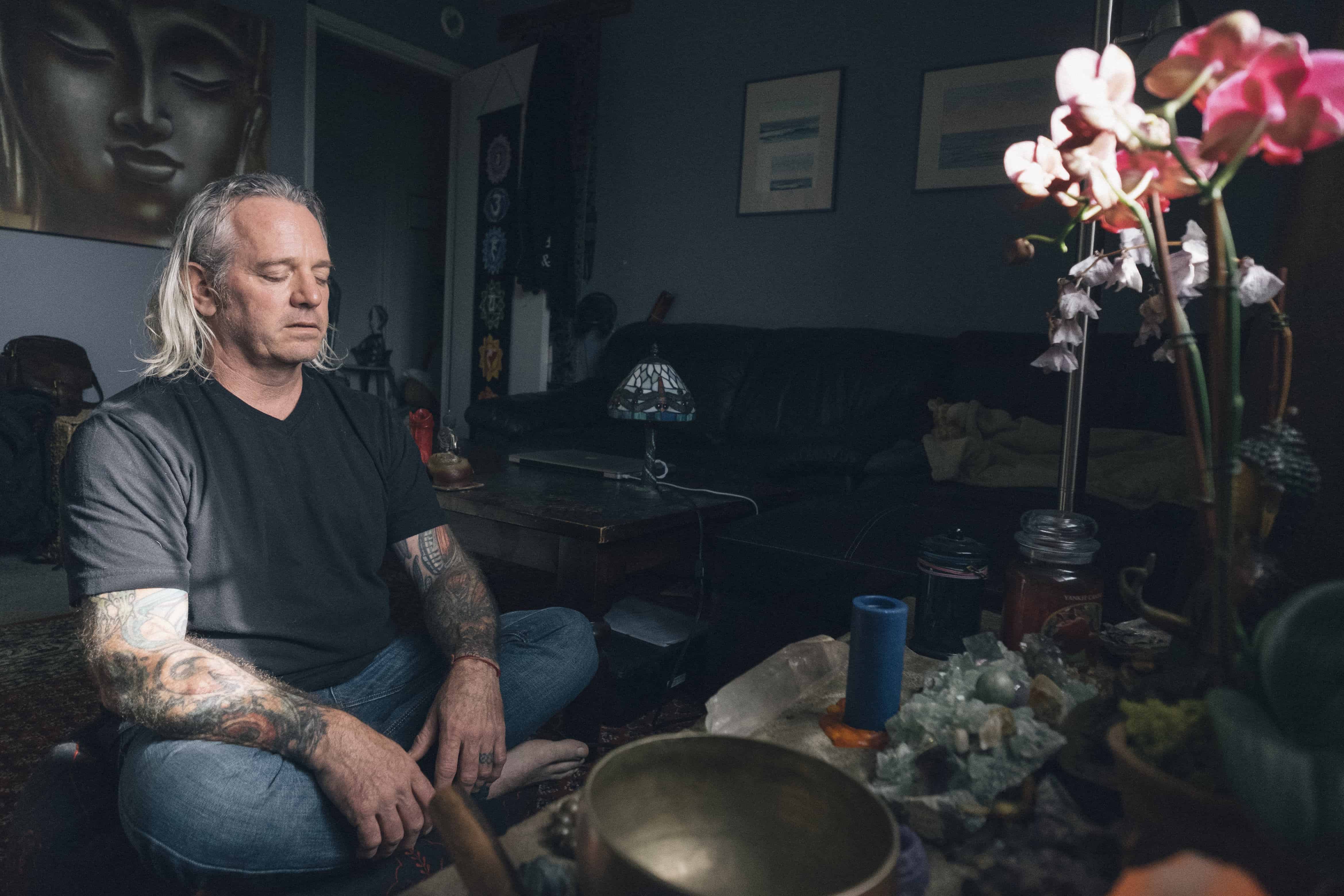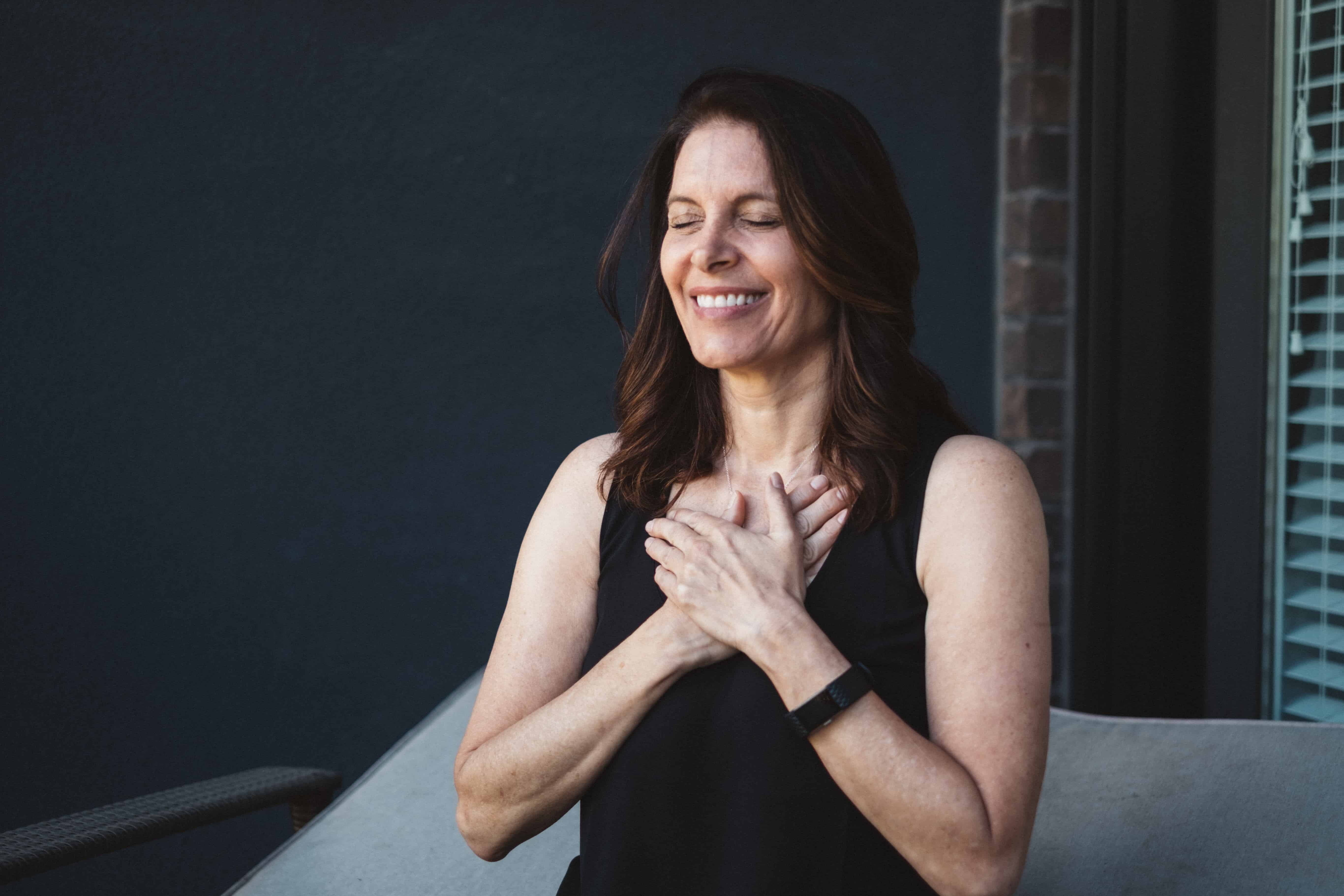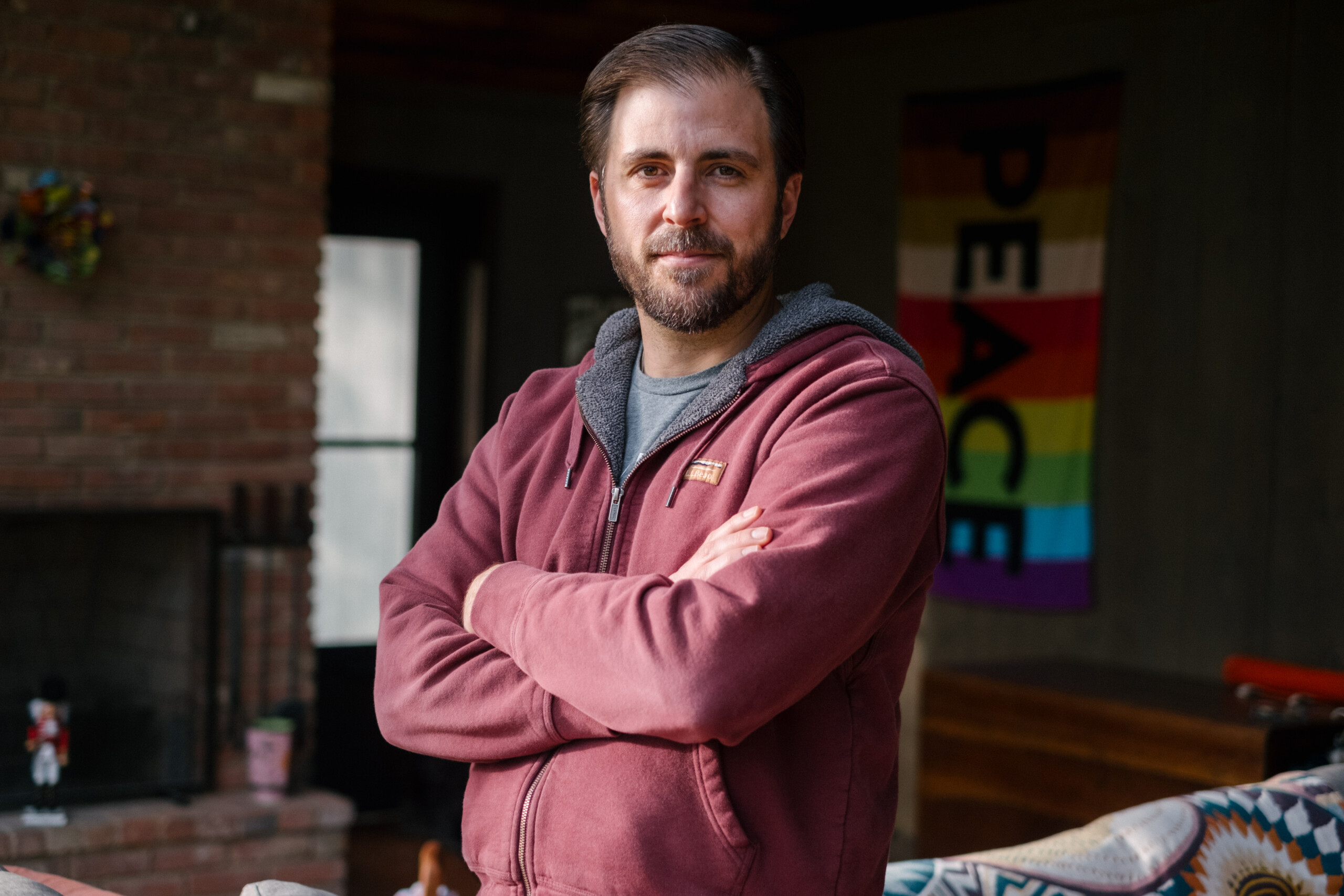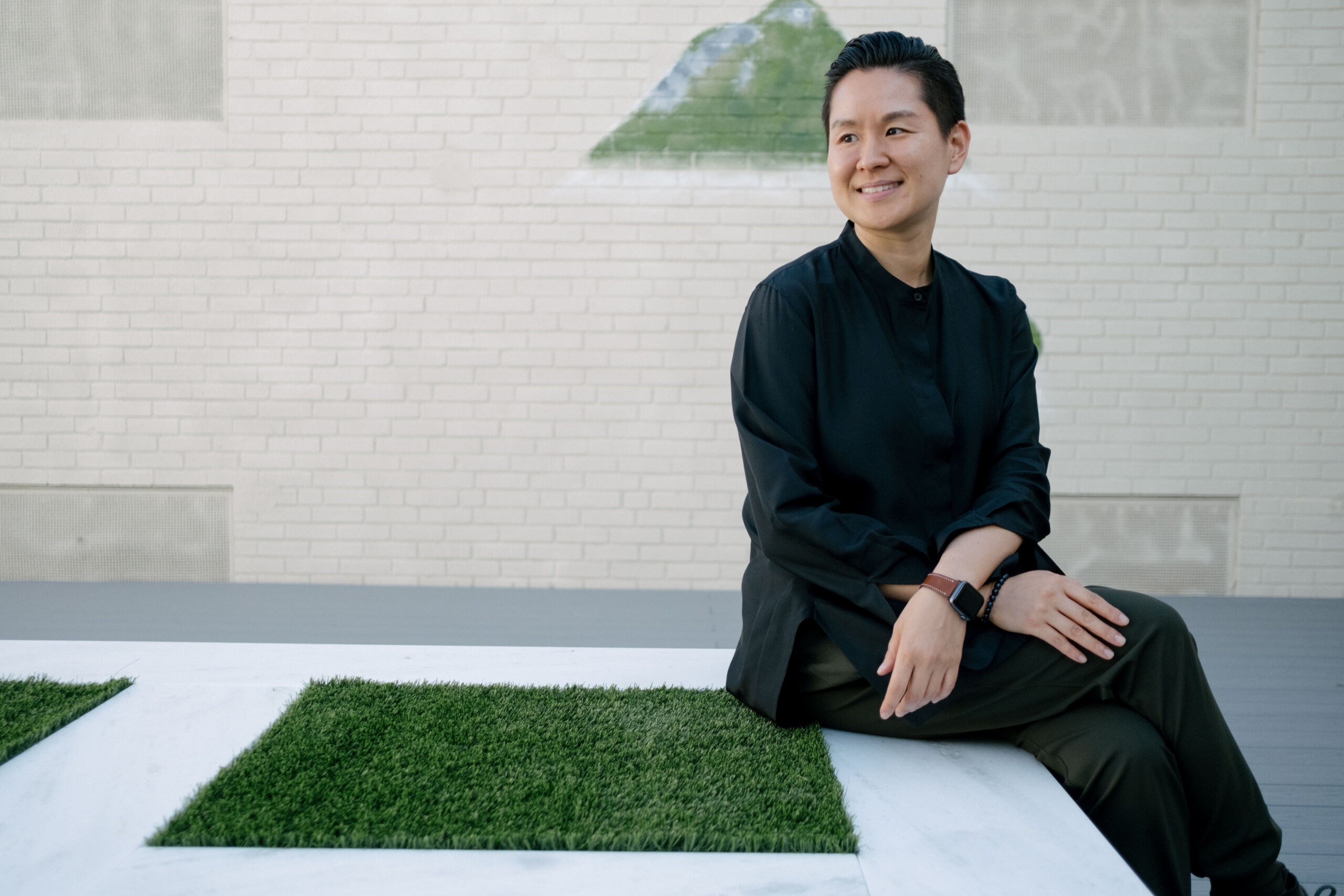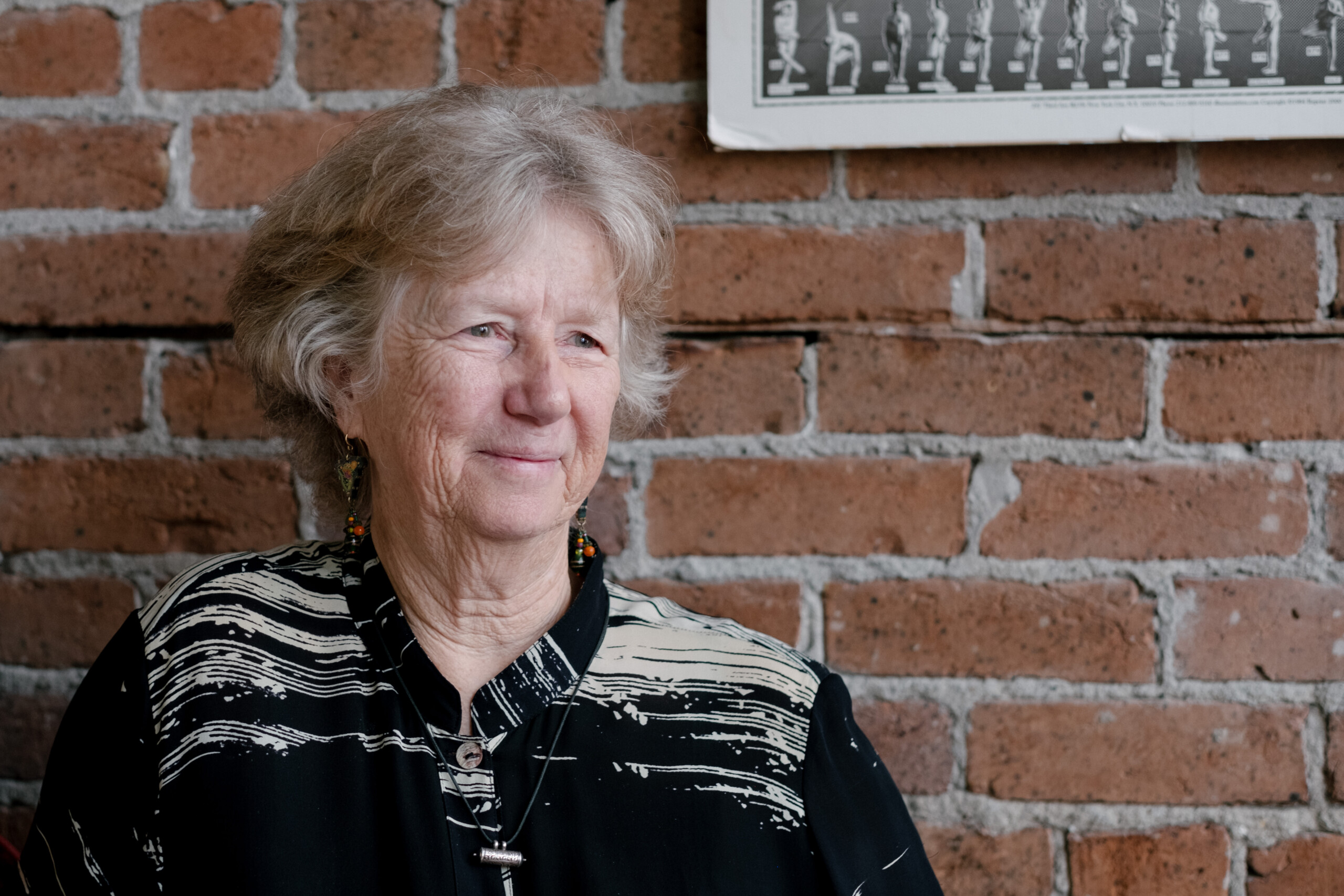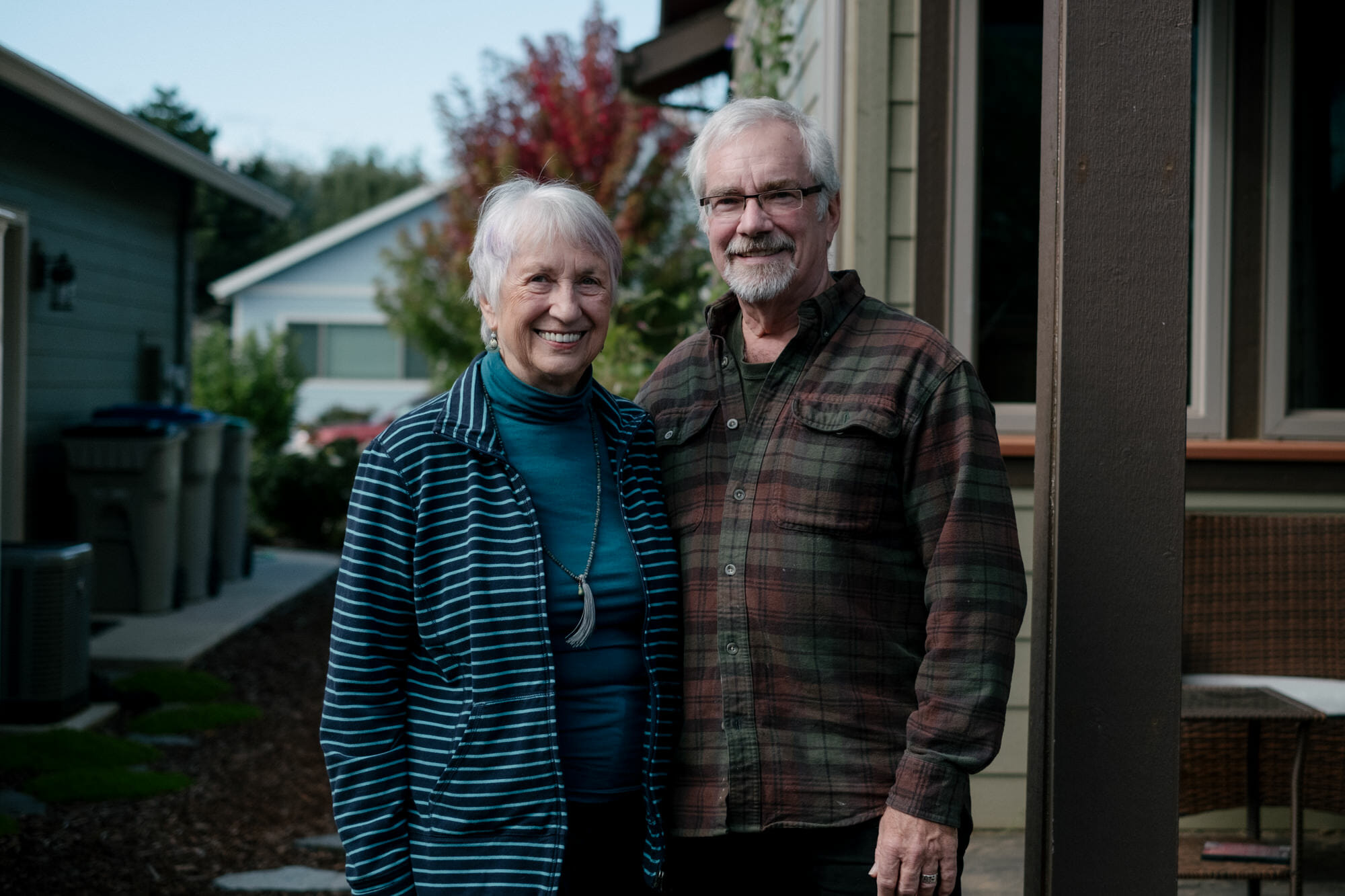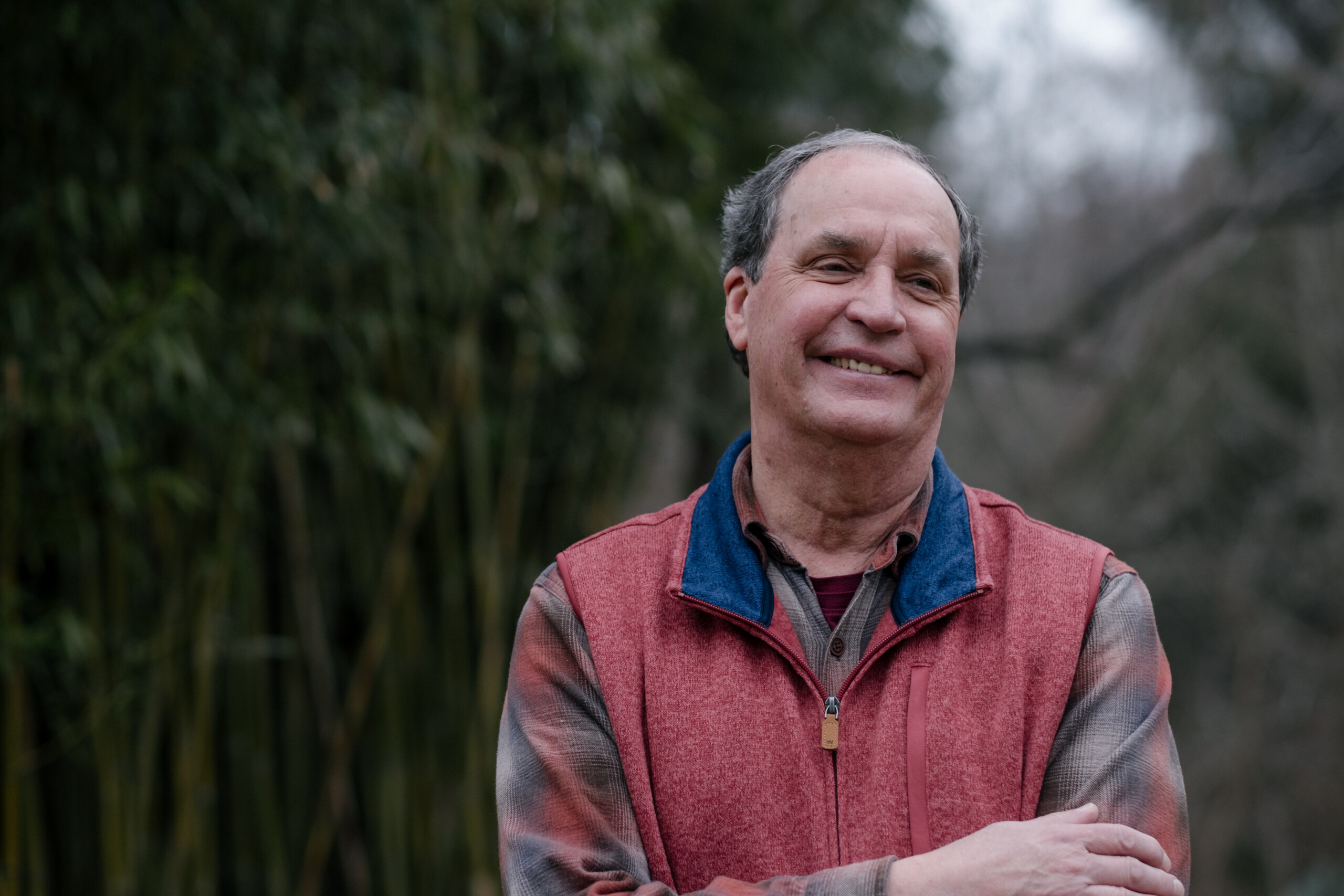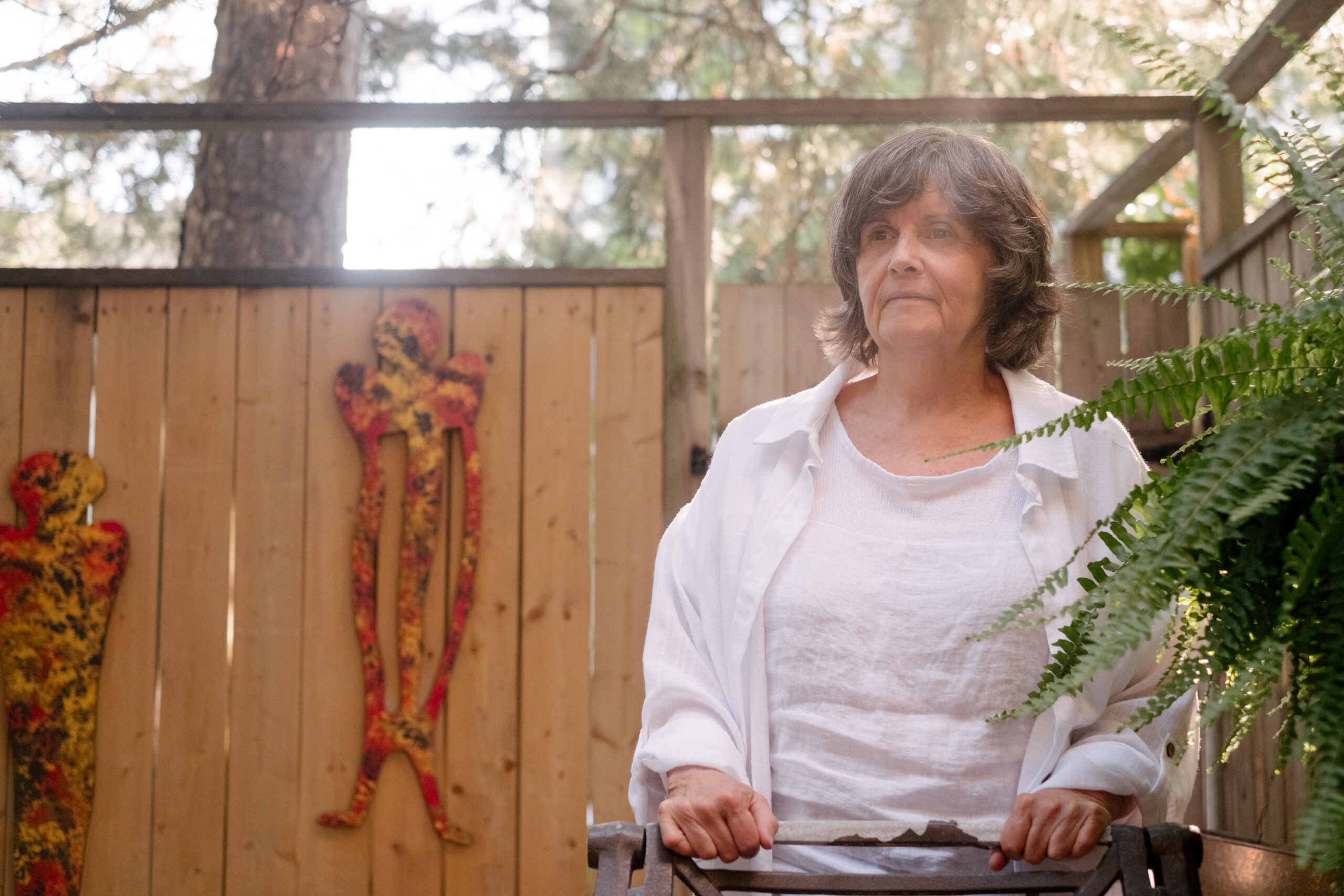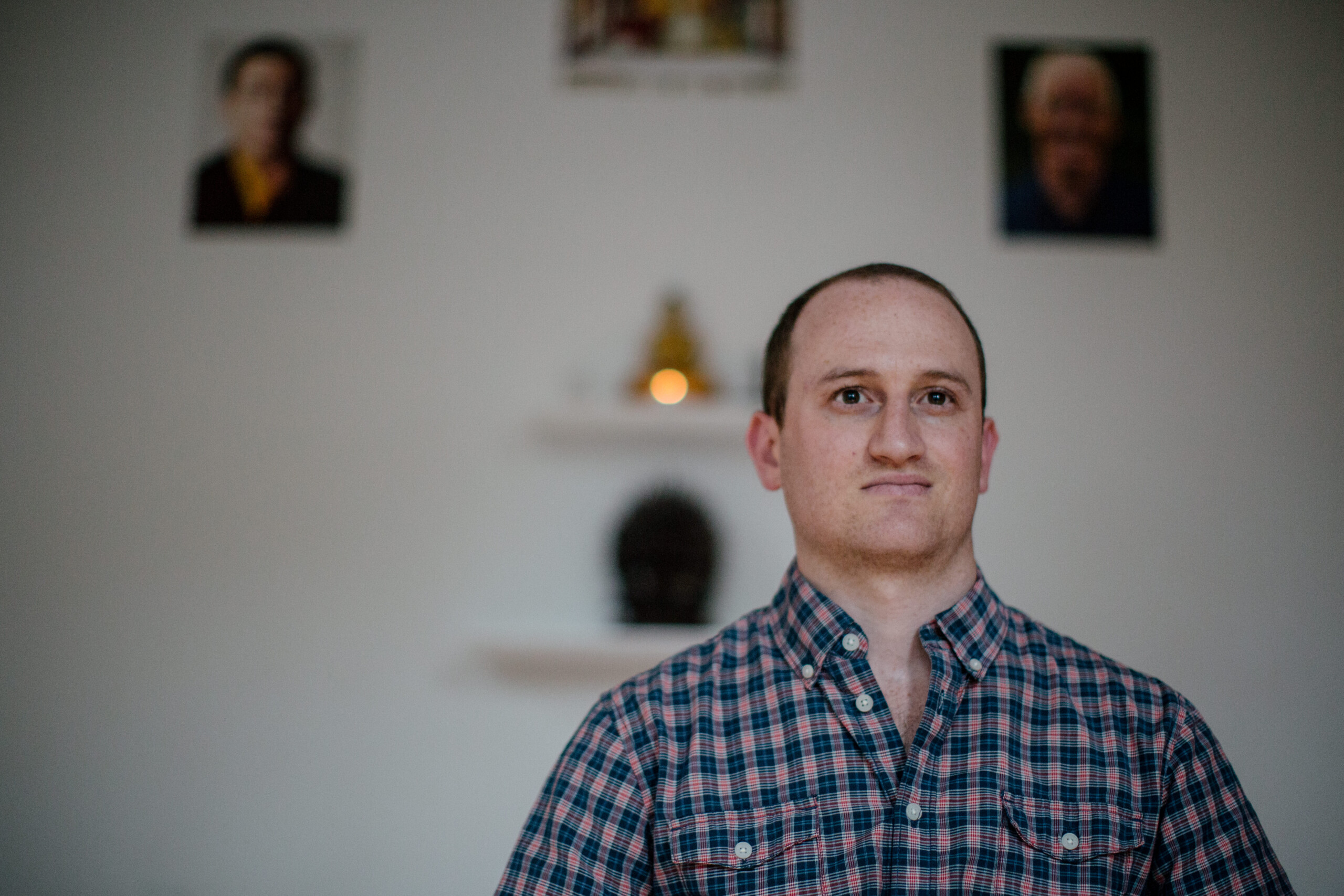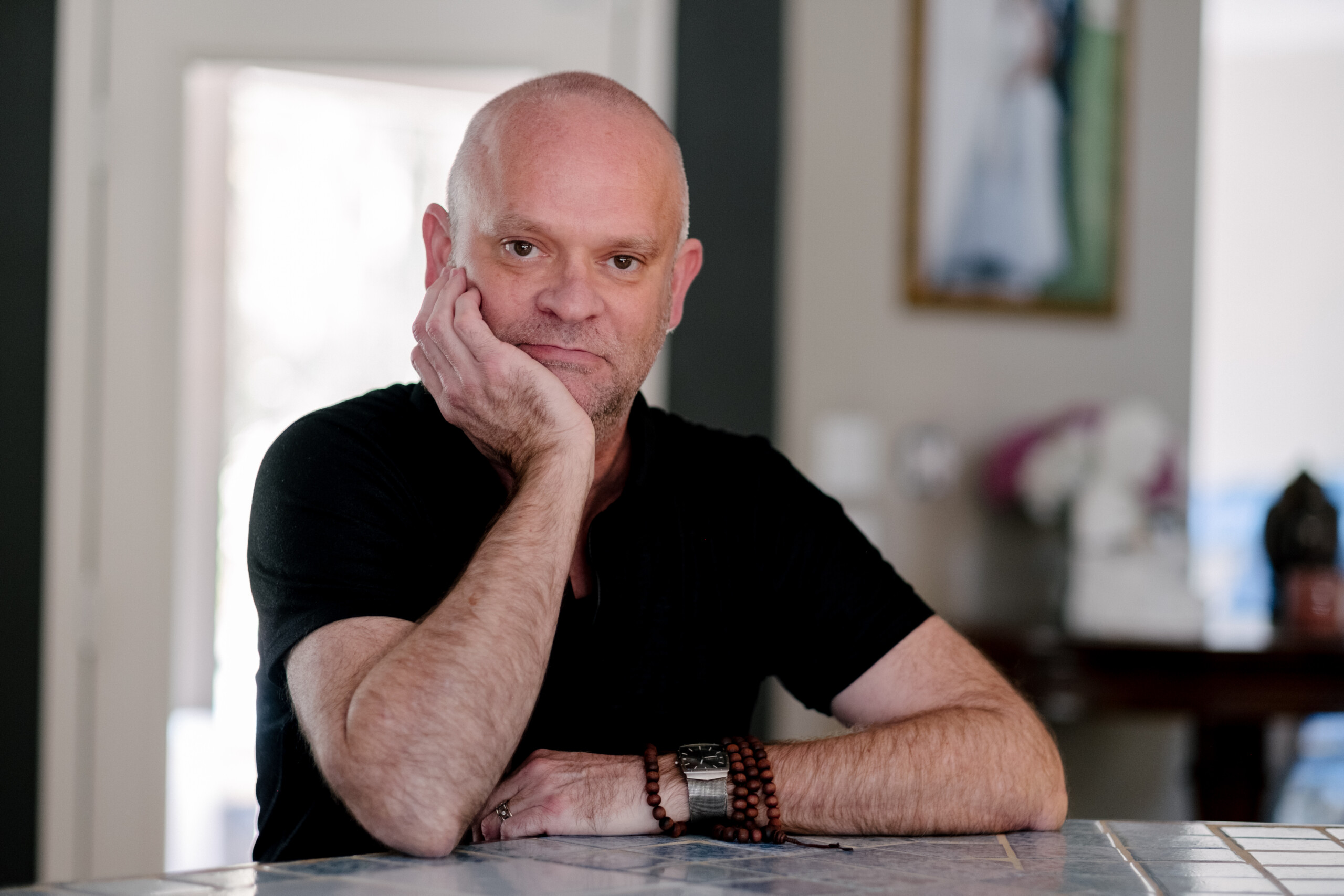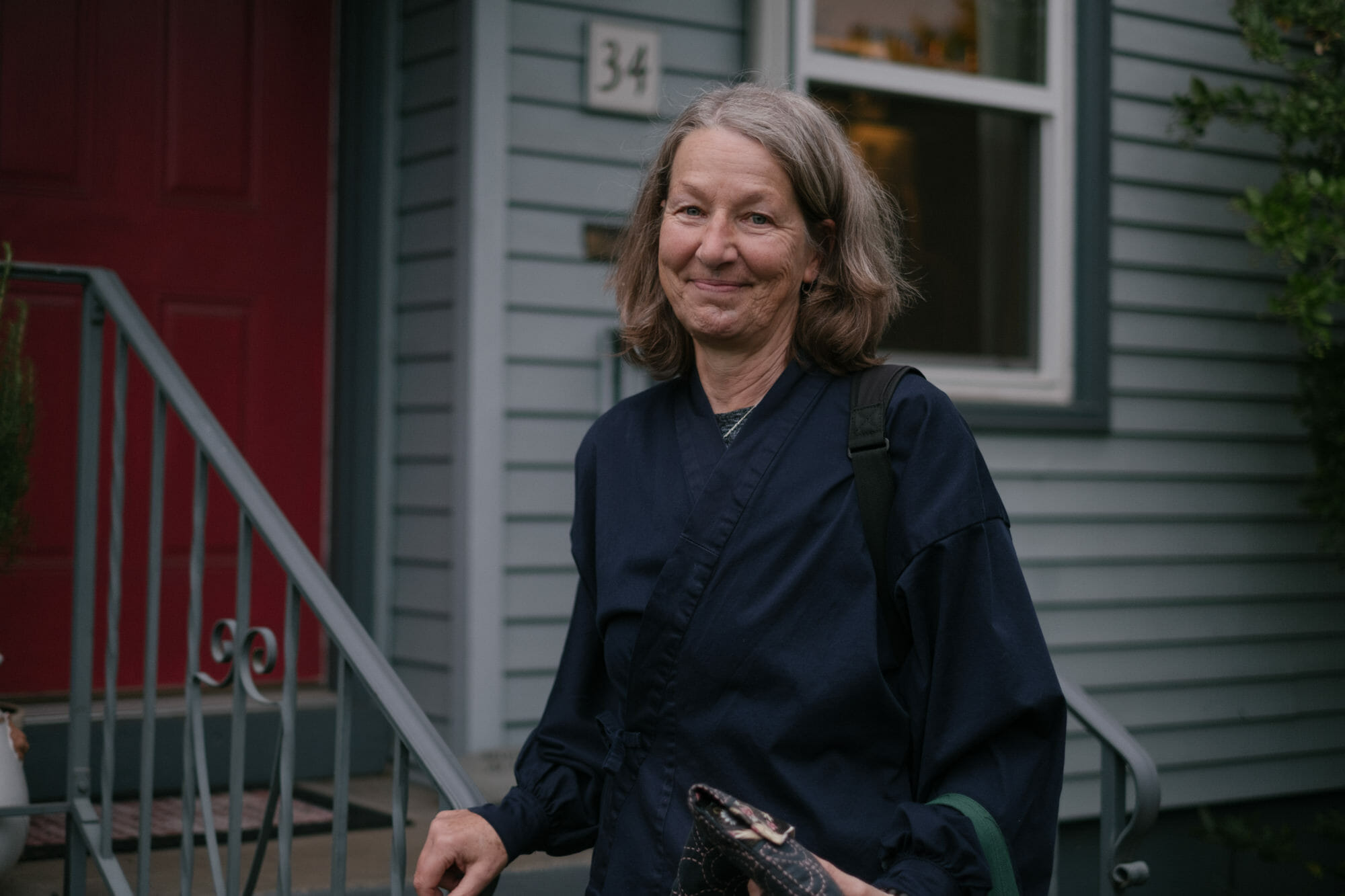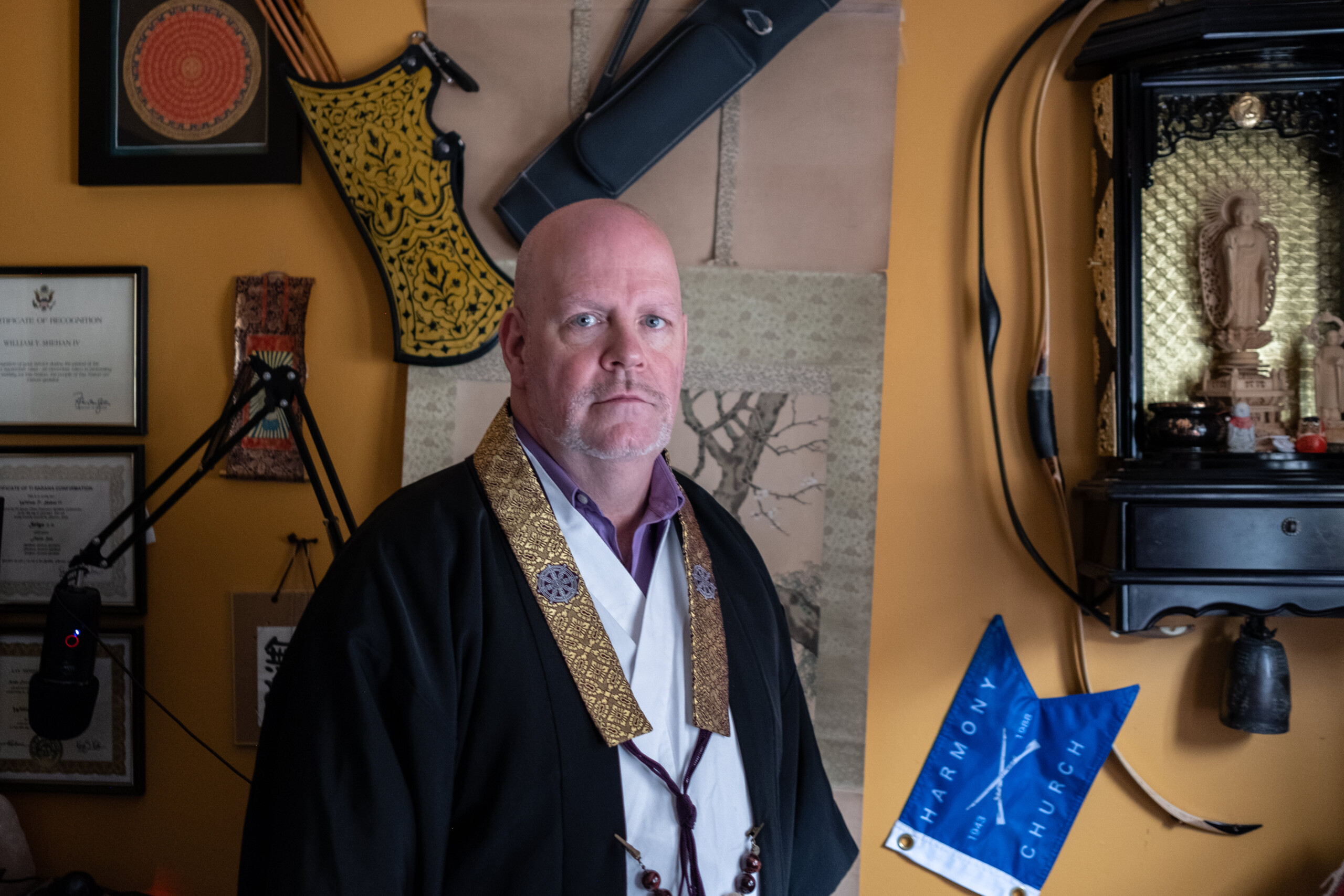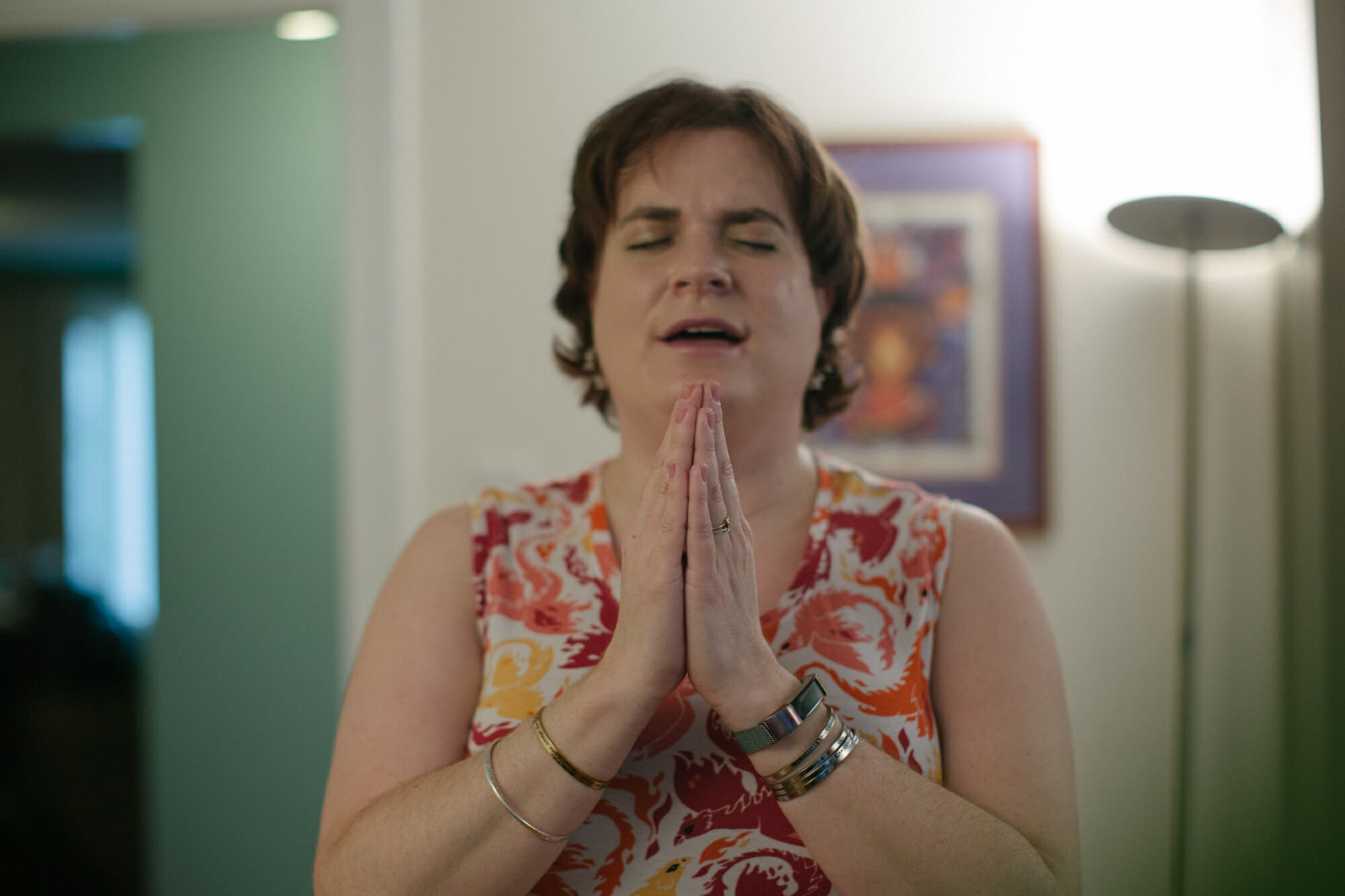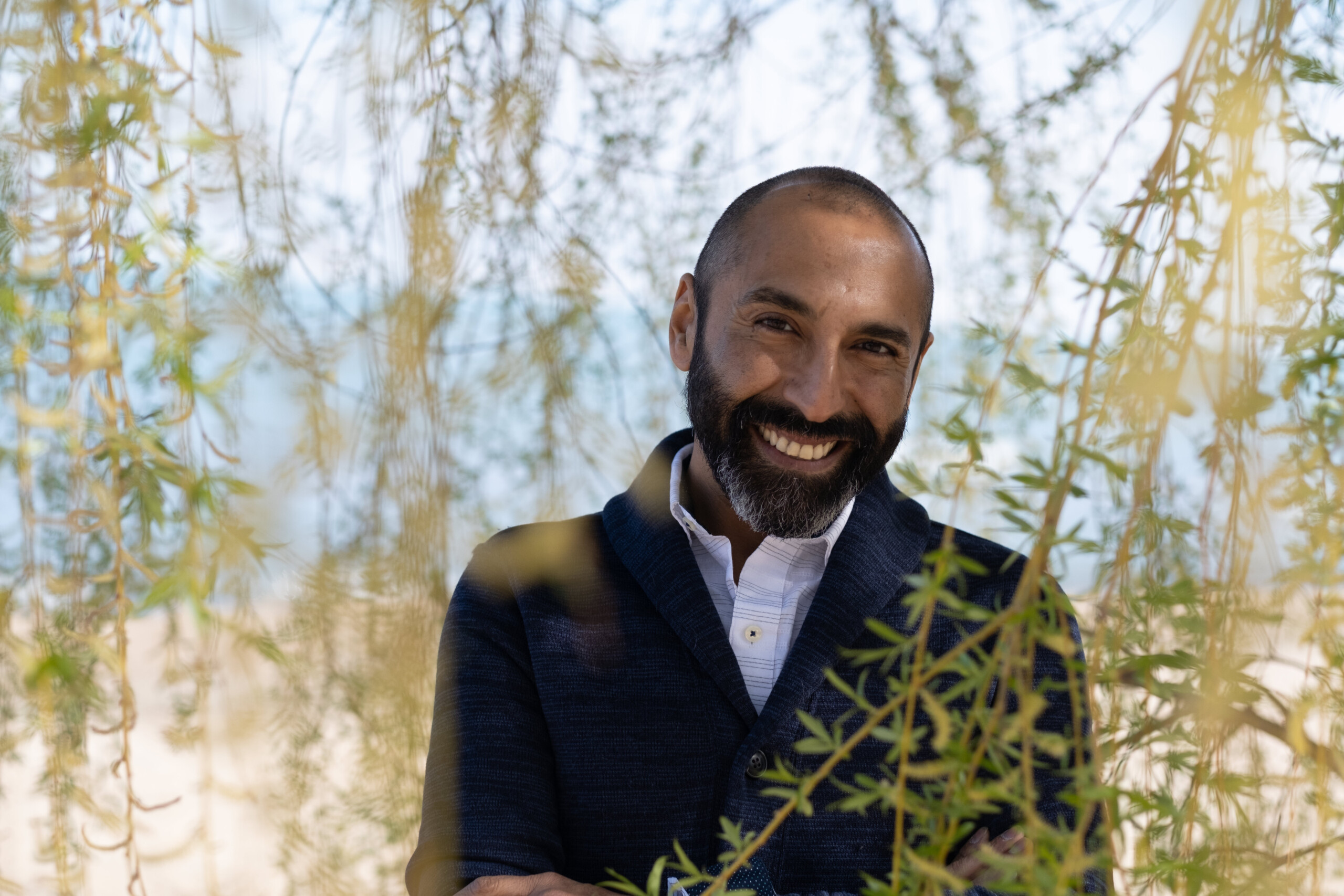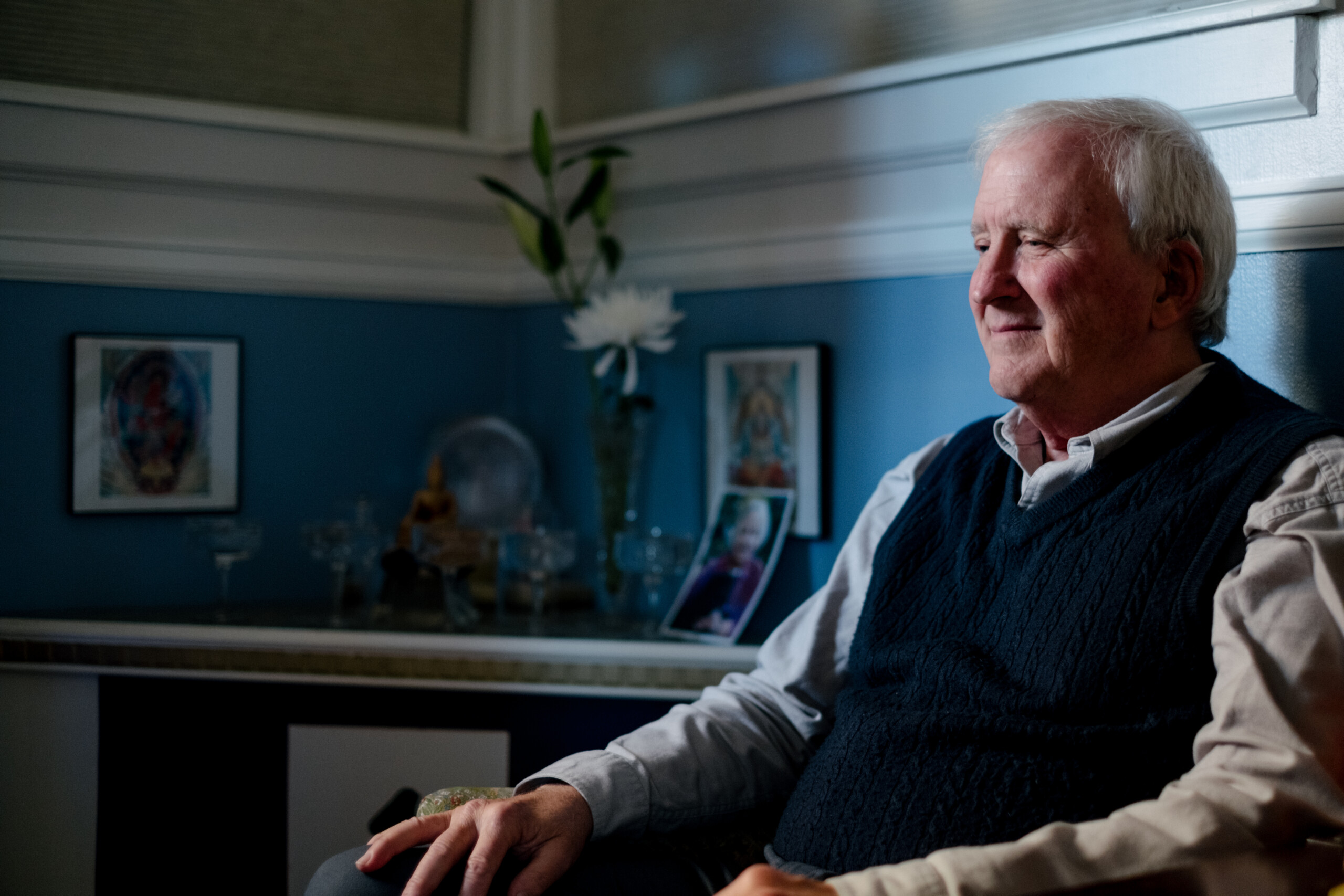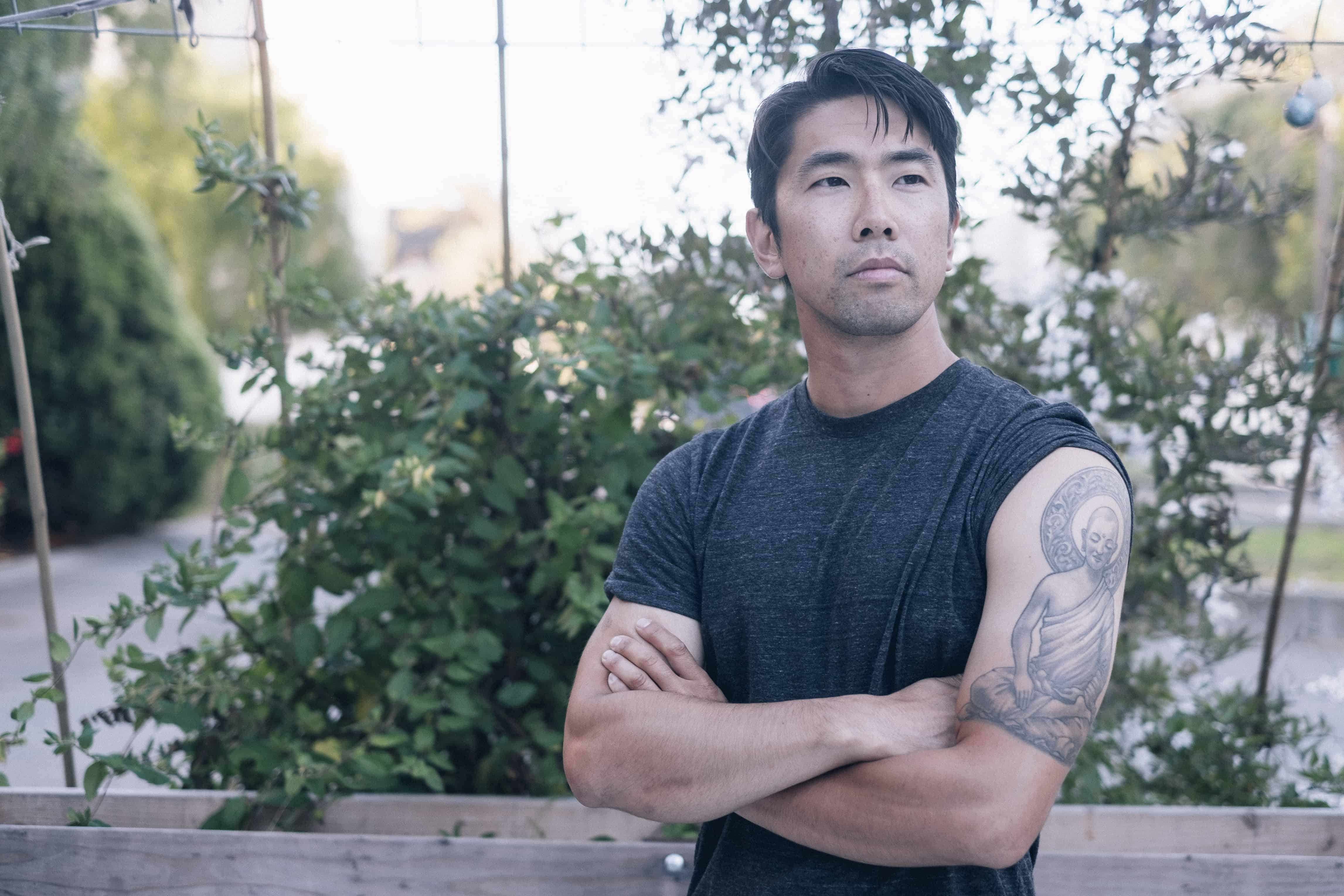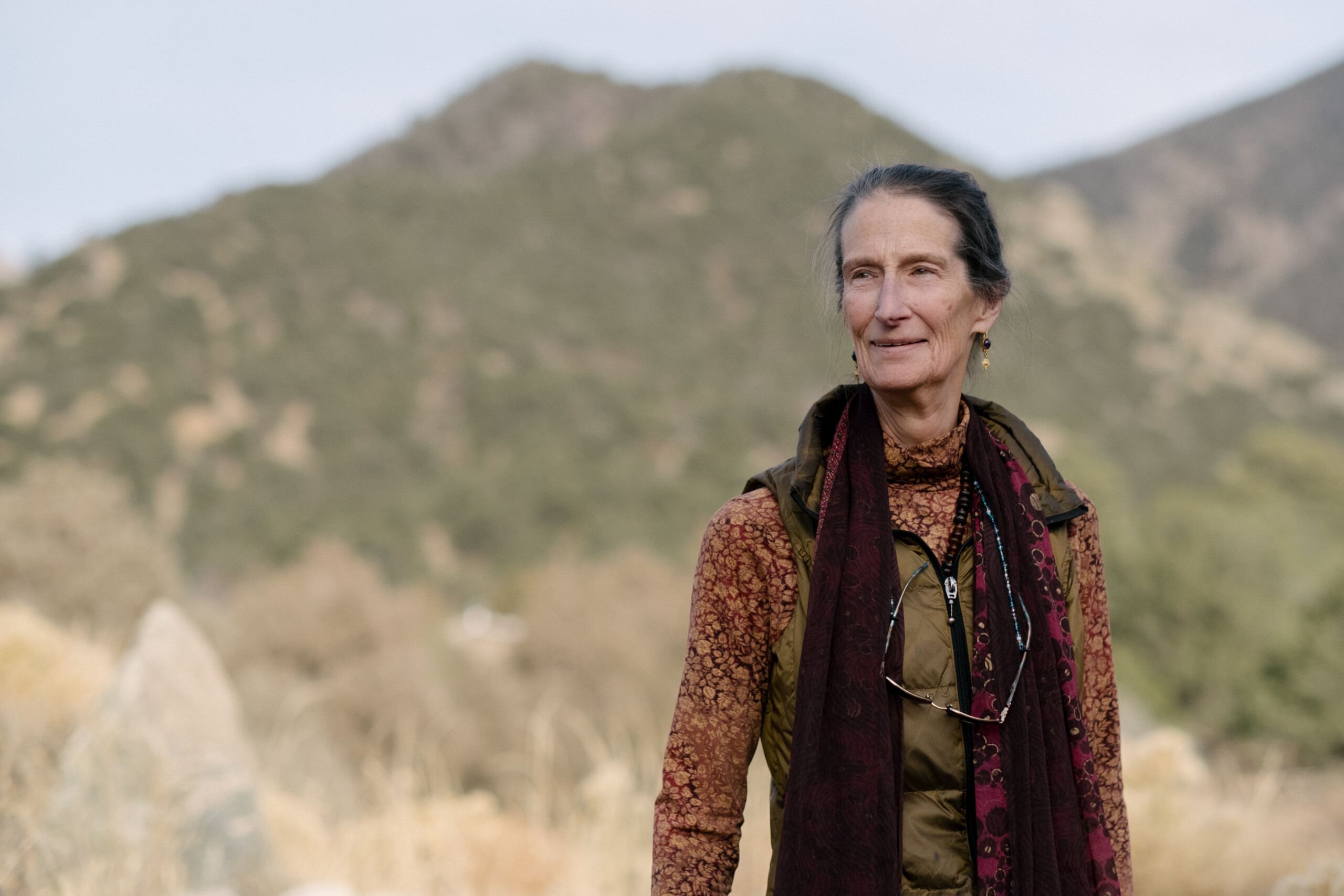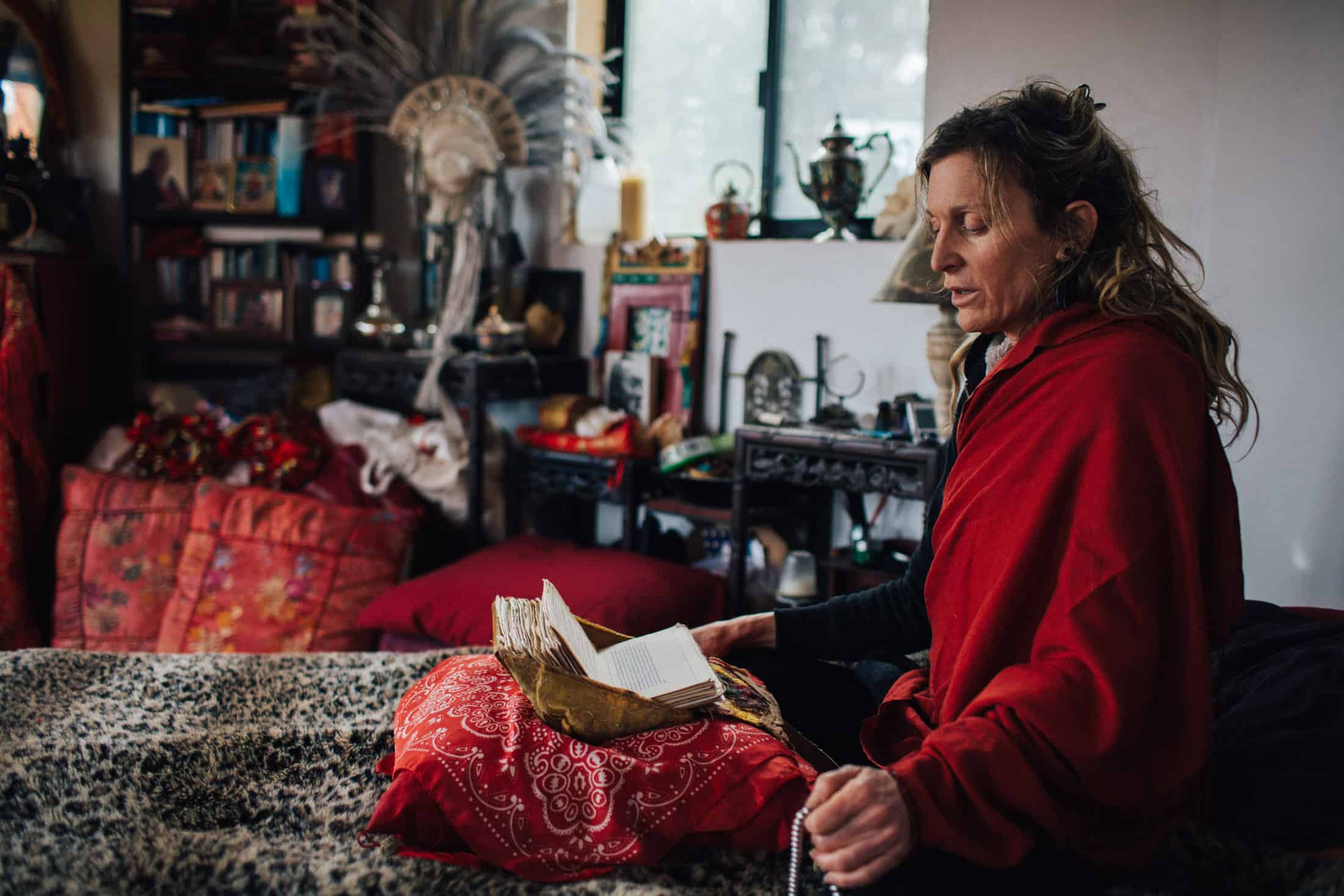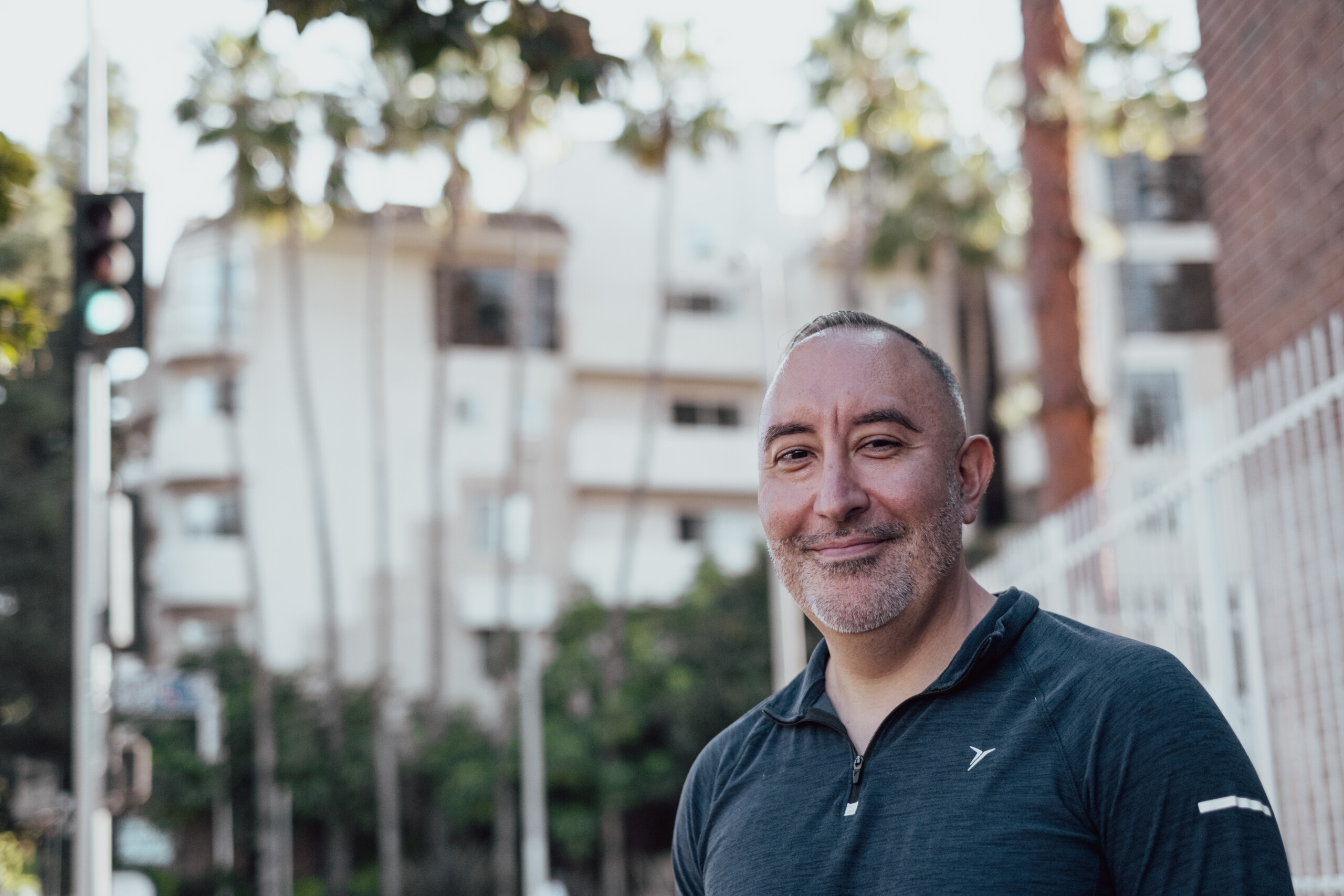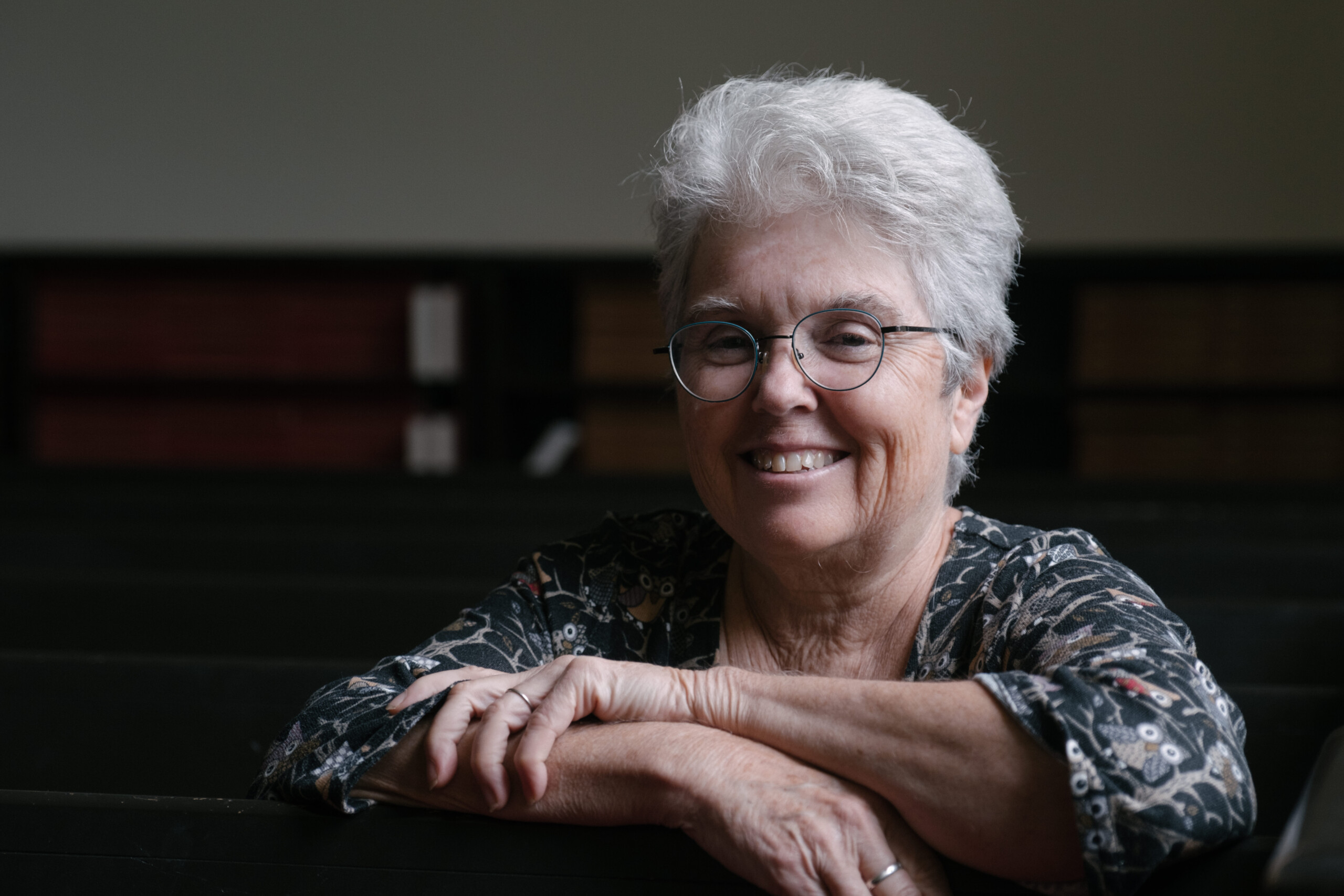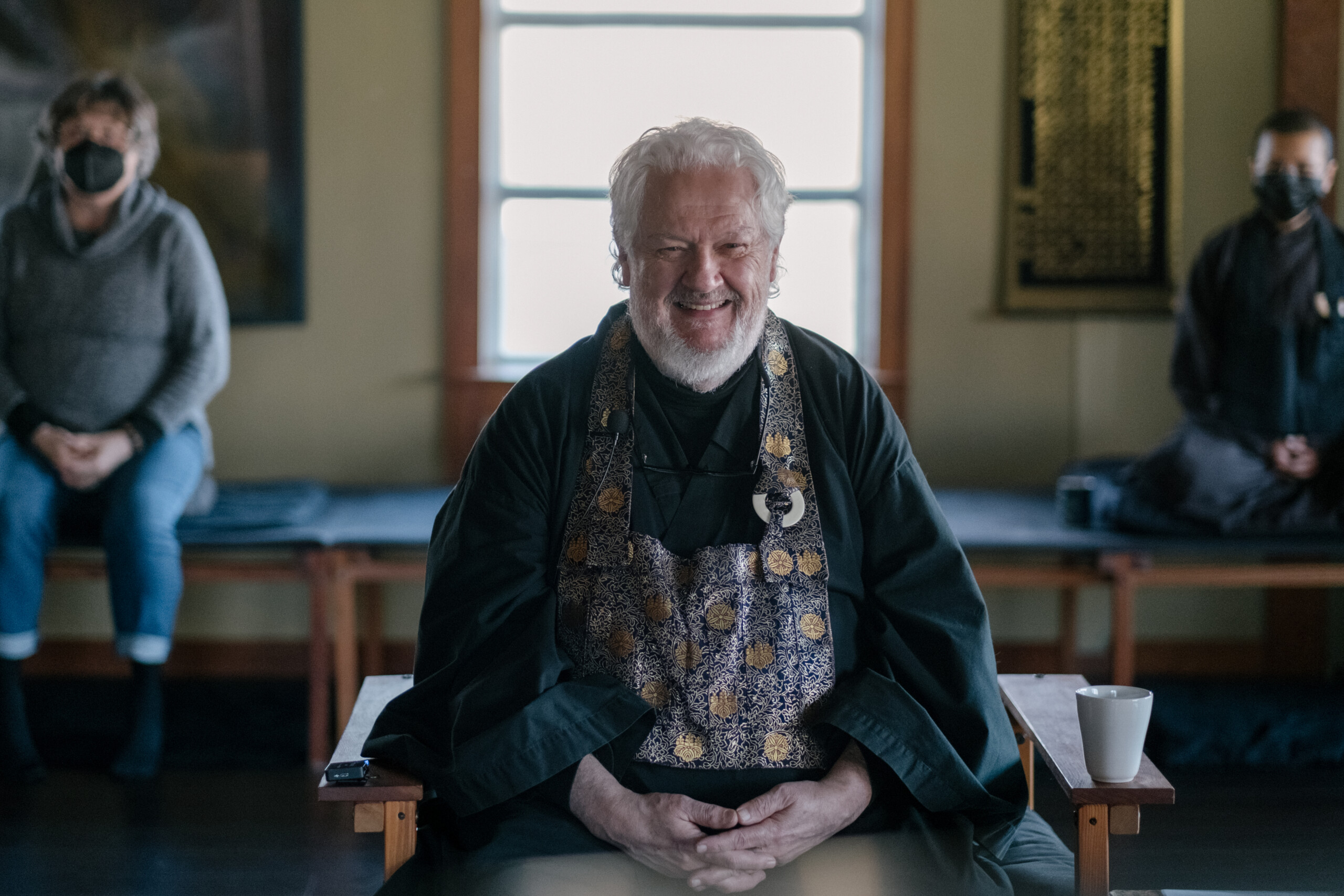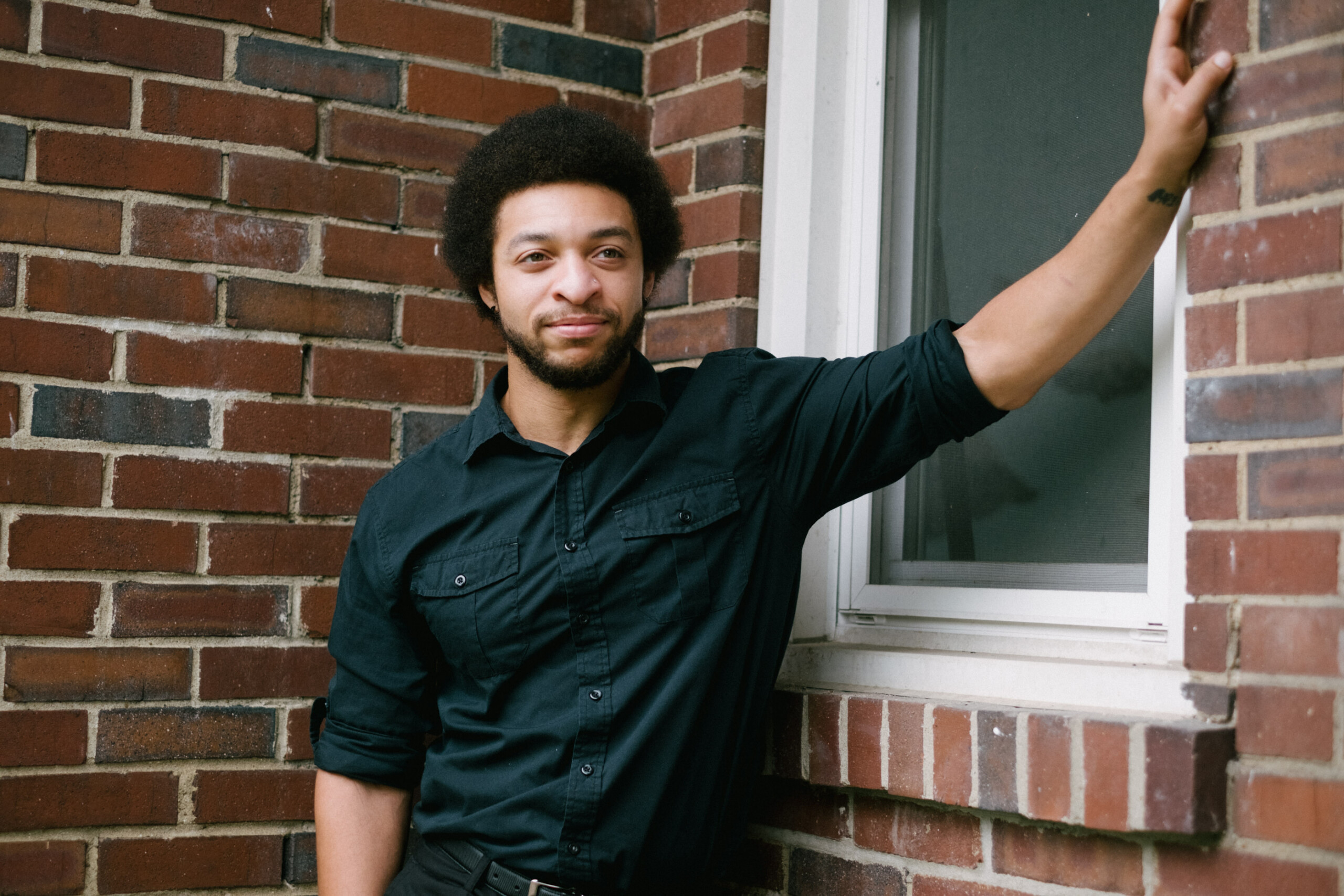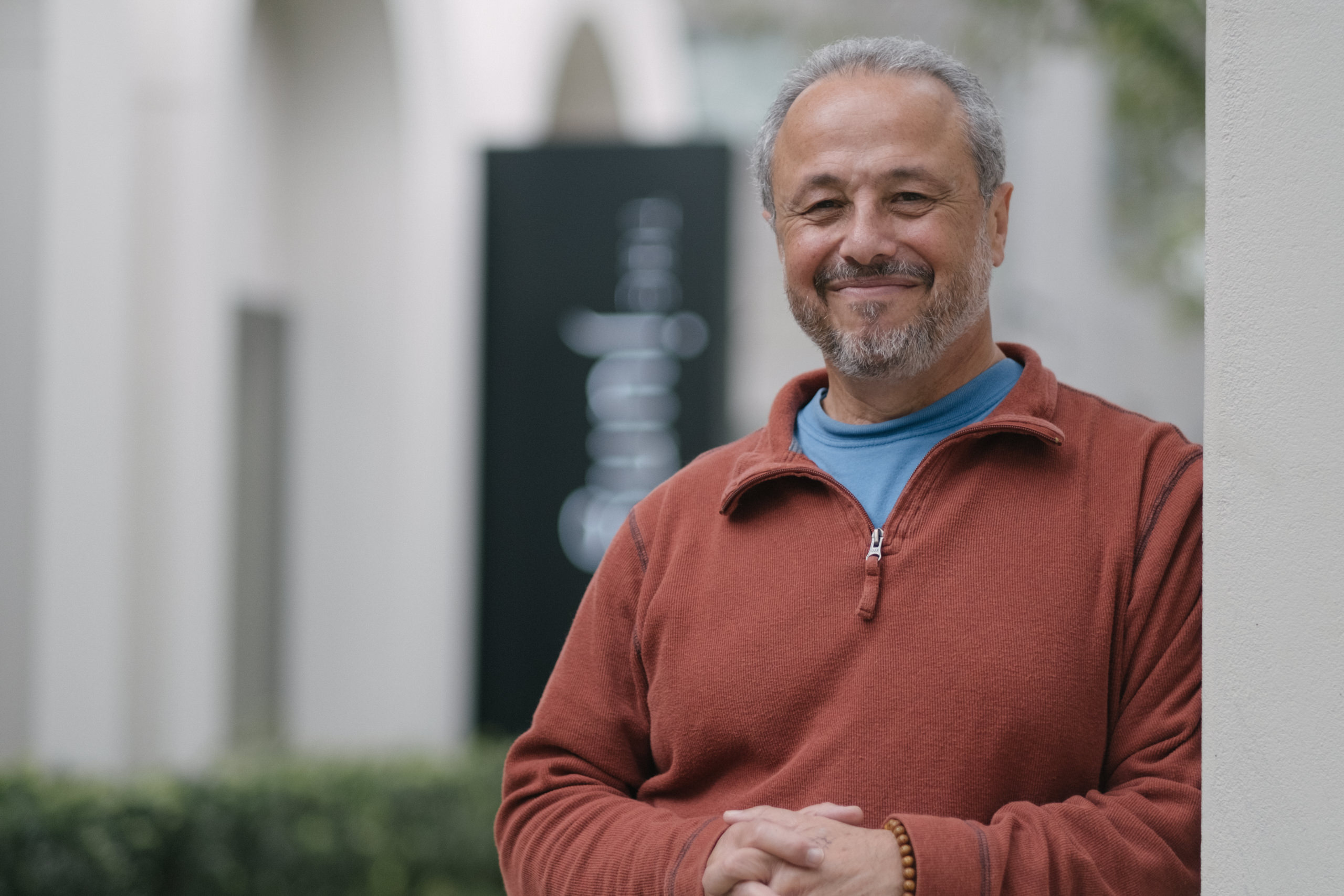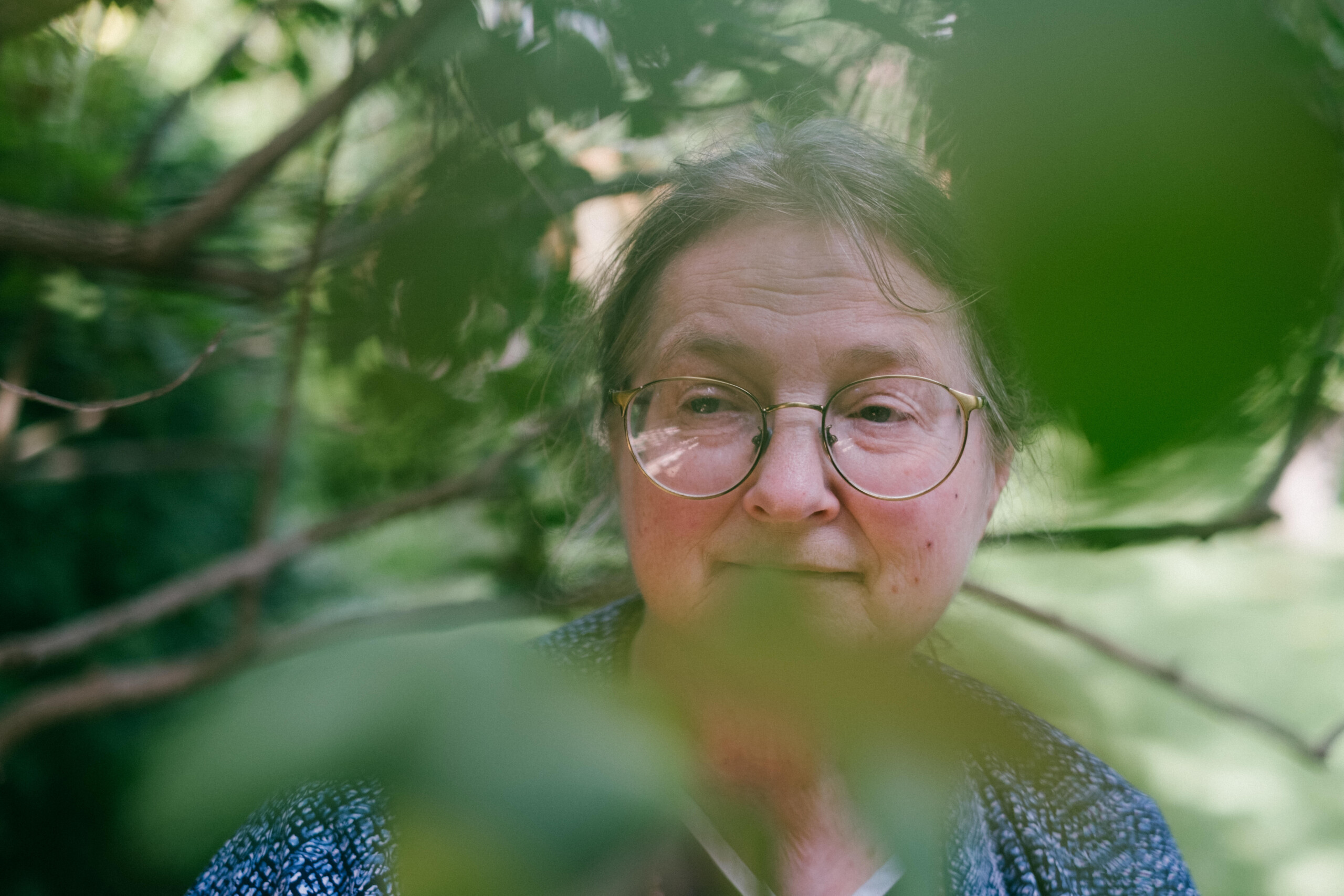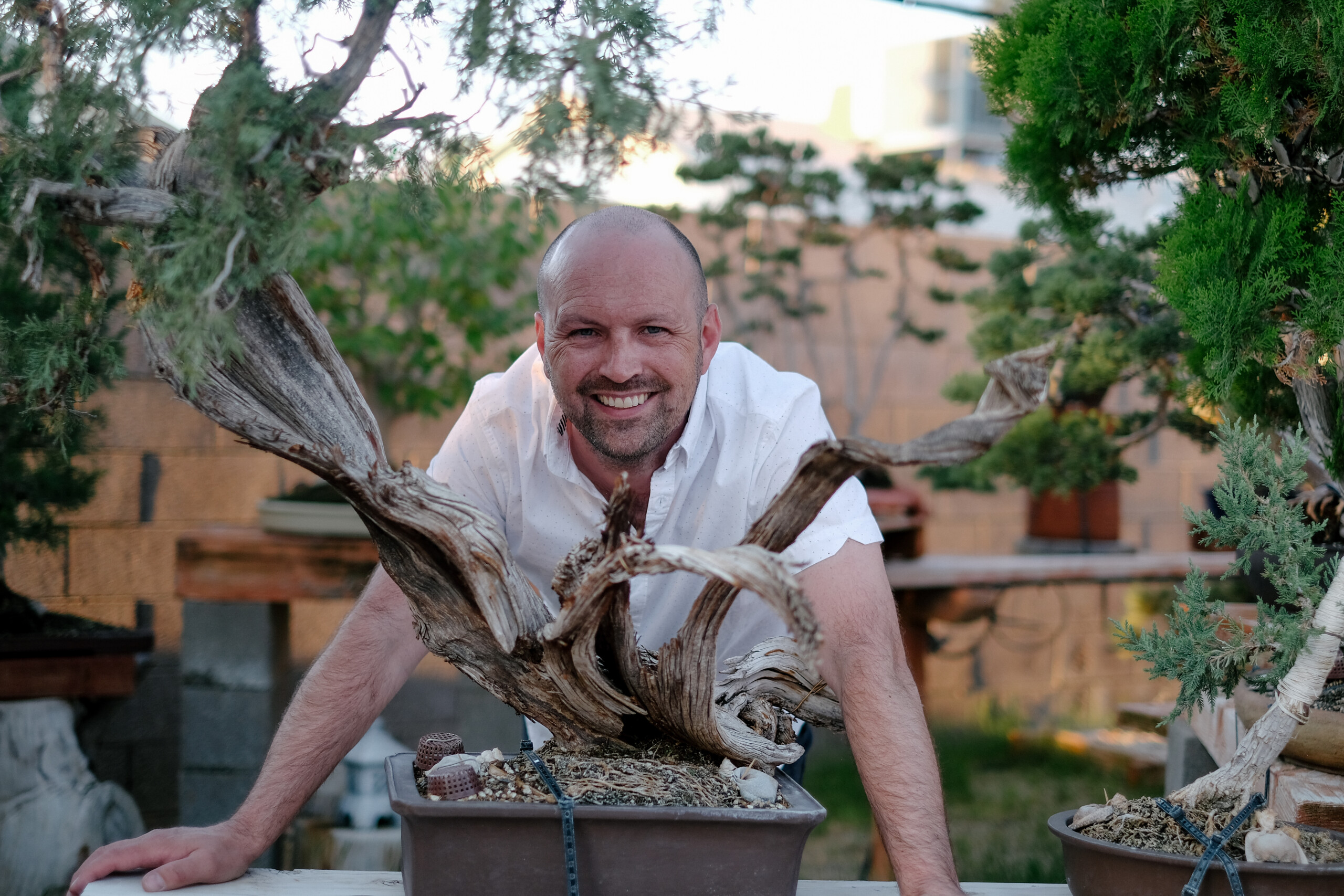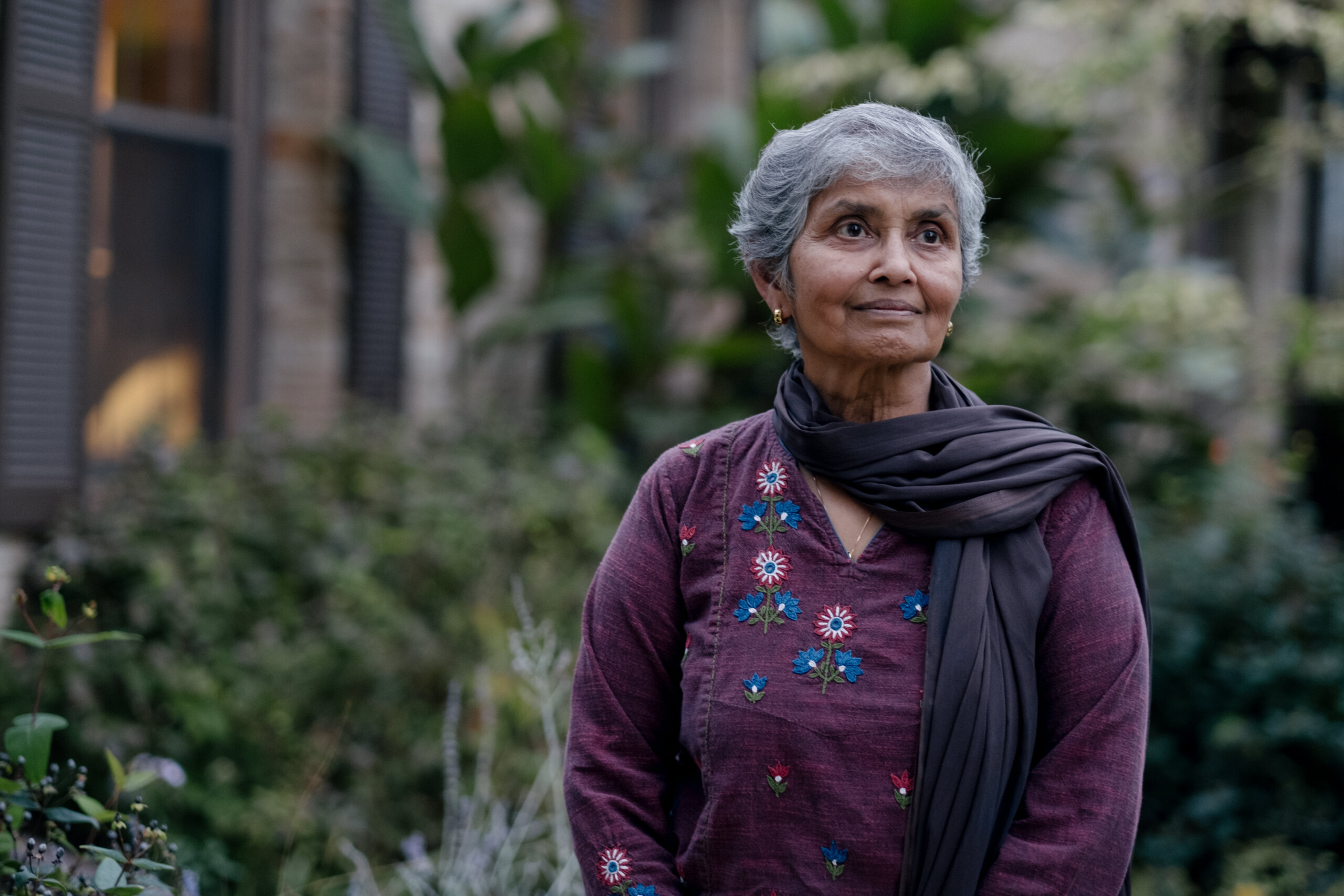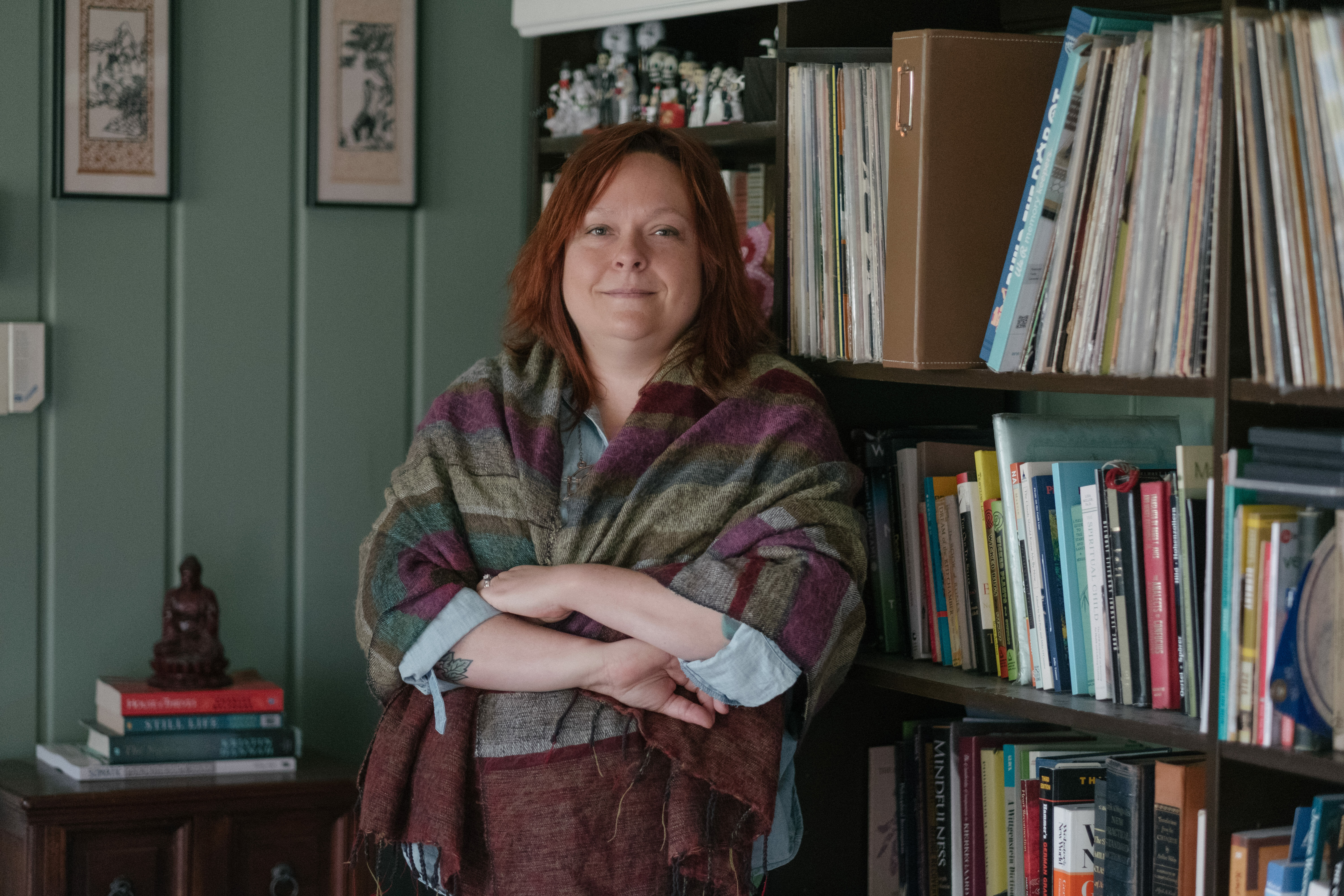When were you first exposed to dharma?
My interest in religion began very young, pedaling my bicycle to many of the local churches, becoming immersed in the Christian Bible. My family background is Quaker, with such illustrious women as Lucretia Mott and Susan B. Anthony in the family tree. As the 60’s unfolded, the religions of Asia came to my attention, and I began my first forays into meditation. And, there was college and graduate school for psychology and Marriage & Family Therapy. During graduate school, I became involved in Rosae Christi, an experiential and meditation gathering of Christians. Some of the exercises can be found in the book, Prelude To The New Man, An Introduction To the Science of Being by Martin Muller.
After Martin died, I lived in Idaho, with a private practice in counseling, teaching at Boise State University and the College of Idaho, for many years. Those years were deeply involved with meditation in the path of Raja Yoga, studying the interface of psychology and spirituality, religious symbolism, and raising my fantastic children. In the 90’s, I met a remarkable Canadian born nun, Cecilia Kwiat, and began the ever unfolding process of study, contemplation, and meditation in Buddhism, especially Tibetan Buddhism. With many trainings and years of study with the Dalai Lama, Cecilie, various geshes and Rinpoches. During this time, I transitioned from counselor to chaplain, spending over a year as a resident training in hospital and hospice chaplaincy, and working as chaplain for several hospices. I came to Thrangu Rinpoche, beloved Garchen Rinpoche, and Khenpo’s Lobsang and Khenpo Jigme, all in the Kagyu lineage of Tibetan Buddhism. In this beautiful and living tradition, I stay learning and becoming.
How has the path manifest in your daily experience?
The primary manifestations of Buddhist practice in ‘personal’ life are increased happiness, calm, and generosity. A tiny bit more patient, especially driving. I practice being impeccable in all dealings. Take responsibility for my actions and use the 4 steps of the Vajrasattva practice: regret, reliance, use antidote, and promise. The other major change is with pain, disability, and sleep problems. All three of these challenge daily life, and used to be sources of grief, frustration, despair, debility, i.e. suffering. There may be brief periods of a few hours of any of the above feelings. Overall they are just not important. If I sleep 3 hours a night or 7-no difference. If there is pain, I do not dwell on it, no does it stop me from the activities I would like to do. I just have to get creative about how to go about it. I have also learned ways to handle more intense, show stopping pain. Disability is simply disability-adapt, change, proceed.
If you explore other lineages within buddhism, how did you come to decide on which lineage was right for you?
I have studied or had empowerments in every lineage. I’ve met the Dalai Lama and had many teachings from him and met and had teachings from Sakya Trizin. I’ve taken courses from FPMT, these al Gelugpa, Did a 2 year Dharma Apprenticeship Program in the Nyingma tradition and am now looking at the Great Perfection teachings, and years now of teachings, meditation, and personal instruction in the Kagyu tradition-Dokpo, Drikung and Karma Kagyu. My primary teachers are within the Kagyu lineage: Ayang Rinpoche, Garchen Rinpoche, and Thrangu Rinpoche. I love them with a whole heart, and wish to aspire to their teachings and their way of being. Ayang Rinpoche has shown me the nature of mind. For me, Garchen Rinpoche embodies love. And Thrangu Rinpoche clarity, luminosity, and Mahamudra.
What are some of your practices/rituals that you do to support your spiritual development (meditation/prayers and etc)
The two practice most influential are the 37 Practices of a Bodhisattva and Aspiration Prayer of Mahamudra by the 3rd Karmapa. Both of these show the whole Buddhist path. The Aspiration Prayer was the clincher for my involvement in Tibetan Buddhism. The most sacred document I have every read. My daily practices are Vajrasattva, offerings, Chenrezig, and Mahamudra, with Green and White Tara, Medicine Buddha, Mahakala, and Guru Rinpoche according to the moon cycles. I also do a wrathful deity practice.
sangha
I attend Vajra Vidya in Crestone. The regularly attending sangha influences my attendance. We move as a group through the rhythms of meditation and cycles of meditations linked to the vast cycles of the moon and sun and other stars. We have discussions that help clarify my understanding and practice. We volunteer at the center and have learned to accept each other’s idiosyncrasies and kleshas, to trust each is working the path.
What is your primarily profession?
My professions were counseling and hospice chaplain. Then, disability and retirement for 15 years. They are now custodian and (possibly soon) a code compliance officer. How Buddhist practices influence work? First, with the custodian jobs, I think of Tilopa and is sesame seed grinding. With code compliance, it hopefully will be calm, awareness, generosity, creativity, and patience. Meditation opens up calm and creativity. The paramitas open up patience and generosity. Awareness comes with calm, meditation, and the unfolding realizations of interdependence and impermanence. With hobbies, with gardening it is a joy to give away healthy food. With running the VVRC gift shop, is mindfulness, concentration, and cooperation. Reading includes many dharma texts. Really, everything I do has some connection to dharma.
What teachings/practices have had the greatest impact on your life?
37 Practices of a Bodhisattva and Mahamudra are the more influential. How have I been transformed by the path. I asked others this question/ Here’s summary of the answer. Where I live is because of opportunity to practice at Vajra Vidya. Intentionality in all life areas about how I want to be as person and practitioner. And, awareness of both.
Background
Nancy, a woman with a rich spiritual journey, shares her diverse experiences that have shaped her beliefs and practices. From her early days exploring various Christian churches to delving into her Quaker roots, Nancy embraced meditative practices from a young age. Her spiritual path led her through an esoteric Christian Church focused on meditation, where unique exercises left a lasting impact.
Engaging in a group exploring the intersection of Buddhism and Christianity, Nancy found common ground between the teachings of Christ and Buddha, viewing them as spiritual brothers with coordinated efforts for the planet’s benefit. Eventually drawn to Tibetan Buddhism about 30 years ago, she appreciated its scientific approach and transformative nature. Following the principle of self-inquiry, she explored meditation not as a means to feel better but as a journey of profound transformation.
Nancy’s three-decade commitment to Tibetan Buddhist meditation, starting with foundational practices and courses, reflects her dedication to the path. Despite having explored Zen for a period, she found Tibetan Buddhism more resonant due to its incorporation of color, sound, movement, and a holistic approach to meditation. Managing a gift shop in Preston, where the Mojave Desert Town Center is located, Nancy attends daily meditations and conducts offerings at home, finding deep joy in her current spiritual practices. Her unique journey has brought her to a place that feels right for her at this moment in life.
Refuge
Nancy reflects on a pivotal phase in her spiritual journey, recounting a period when she moved away from the group exploring the compatibility of Buddhism and Christianity. During this dry spell, she encountered a Canadian nun named Cecily Quiet, attending her teachings without full commitment. The turning point came when Nancy met the Dalai Lama, an experience she hadn’t publicly shared until now. In his presence, she felt a profound sense of space filled with compassion, a feeling she couldn’t articulate in Tibetan Buddhist terms.
Seeking guidance, Nancy approached Cecily and shared her experience, expressing her desire to pursue that path. Cecily affirmed her instincts, stating that she was in a good place. Nancy subsequently embraced the Tibetan Buddhist notion of spaciousness, emptiness, interdependence, impermanence, and compassion as the ultimate goal. She emphasizes the outstanding aspect of Tibetan Buddhism, particularly the concept of bodhichitta and its emphasis on practicing for the benefit of others.
Transitioning seamlessly into Tibetan Buddhism, Nancy recognized the alignment of her lifelong pursuit in Christianity – seeing Christ’s face in everyone – with the essence of Tibetan Buddhism. As a deductive thinker, she delved into comprehensive studies, taking courses through the Foundation for the Preservation of the Mahayana Tradition and the Dharma Apprenticeship Program in the Nyingma tradition. Engaging in Lam Rim for two years, advising on a course for the Foundation for Preservation, and gaining an overview, Nancy acknowledges the complexity of understanding the vast body of teachings. She highlights the diversity in Buddha’s teachings, catering to the myriad mental obstructions and personalities, making the journey one of continuous exploration and learning.
Ngondro
Nancy recounts a transformative phase of her spiritual journey marked by her engagement in the Dharma Apprenticeship Program. While classes were more meditation-based, her studies expanded into the Kangyur lineage under Cecily Quiet. Exploring the Kangyur practices, Nancy embraced the “Your Cipher” practice, a comprehensive purification exercise presented as a movement of energy from higher to lower centers.
Delving into the first aspect, frustrations, Nancy describes the physical postures involved, emphasizing its impact beyond exercise, transforming into a movement of energy integration. Despite an interruption due to a car accident leading to back surgeries, she continued with the practices. The second practice, “Your Suffer,” involves bringing down higher energies, including the vital “amrit nectar,” fostering a luminous mind and virtuous actions.
Nancy highlights her daily commitment to “Your Suffer,” expressing its effectiveness in transforming her bodily and worldly perceptions. She explores the esoteric aspects, likening it to experiences during psychedelic exploration in the 1960s. Transitioning to “Mandala Offerings,” she describes it as a practice of generosity, releasing attachments and visualizing offerings of value to the Buddhist lineage.
The final practice, “Her Empowerment,” involves fierce deities and addresses afflictions like anger and desire. Nancy acknowledges her ongoing journey, utilizing practices adapted to her experience with chronic pain and disability. She shares insights into applying meditation techniques to alleviate intense pain, emphasizing a change in brain response. Her ability to cultivate a neutral perspective towards pain and loss of mobility stems from her transformed relationship with attraction and aversion.
Despite facing significant health challenges, Nancy expresses gratitude for the spiritual tools that have contributed to her resilience and adaptability. She closes by acknowledging the role of her teacher and the profound impact of her spiritual practices in navigating her life with chronic pain and disability.
Fruit of Practice
Nancy reflects on the practical aspects of her spiritual journey, moving beyond lofty ideals to consider how daily practices shape her interactions with the world. She emphasizes the challenge of embodying love, kindness, and patience in everyday life, acknowledging the effort required in this ongoing process. Using driving as an example, she notes a significant change in her patience and reaction to others on the road, highlighting the transformation in her relationships with people.
Discussing her experiences in monastic settings, both Christian and Buddhist, Nancy observes the concentrated environment’s potential for practicing virtues or “paramitas.” She recognizes the monastery as an ideal space for refining qualities like patience, generosity, and wisdom, despite the challenges that may arise.
Nancy notes heightened awareness in her thought processes, particularly in catching critical thoughts about others or moments when her ego asserts itself. This increased awareness allows her to navigate these thoughts, either letting them go or approaching them with humor. She acknowledges the impact of Tibetan Buddhist practices on her ability to notice thoughts and simply observe them, underscoring the evolving nature of her mindfulness.
Navigating the nuances of language, Nancy discusses the concept of change and the realization that there isn’t a fixed “me” that has changed but rather a mutual evolution with the practices. She delves into the impermanence of concepts like the self, challenging the solidity attributed to them.
In a broader context, Nancy expresses optimism about the potential for more people to realize the fluidity of existence and how it can contribute to changing the world. She underscores the transformative power of this awareness in reshaping perceptions and fostering a more interconnected and compassionate world.
Personal Adversity
In her wheelchair, Nancy reflects on the development of spaciousness and compassion in her life, despite dealing with disability, medications, and pain. Drawing from Dharma teachings received remotely, she describes a transformation in her heart, emphasizing the shift from personal struggles to a more compassionate perspective towards herself and others. This change is attributed to the fusion of Tibetan Buddhist practices, including the clearing of virus sites, shedding old patterns, and engaging in practices like Chen Razi and Green Tara meditation.
Nancy’s meditative experiences, including visualizations and offerings, contribute to her ability to focus on pain and develop concentration. She discusses the profound impact of accepting her disability and letting go of desires, connecting it to the principles of Maha Mudra. The meditation practices become a means of dissolving attachments, releasing negative mind states, and fostering inner freedom.
Addressing common self-esteem issues, she notes the tendency in American culture to feel unworthy, highlighting the healing qualities of these practices. Nancy emphasizes the importance of living in the present moment, free from the past-future dichotomy. She delves into the concept of inner freedom, which allows individuals to transcend external circumstances, including physical limitations.
Nancy sees her disability as an integrated part of her spiritual journey, acknowledging the gifts and lessons gained from the experience. Her insights extend to her role as a hospice chaplain, where her personal challenges enhance her understanding of others’ struggles. Overall, she describes her disability as not just a source of suffering but as a path intertwined with spiritual growth.
Teachers
Nancy recounts her experiences with various Tibetan Buddhist teachers, expressing deep reverence for the Dalai Lama, whom she took hospice patients to meet. She shares her unwavering confidence in the Dalai Lama and recounts a profound telepathic connection during a teaching event in Los Angeles.
She elaborates on her encounters with a young Rinpoche and her participation in empowerment teachings. Nancy emphasizes the heart-centered connection she felt with the teachers, particularly the young Rinpoche, describing a reciprocal and magnetic love between them. She recounts staying at his center for several weeks and attending annual teachings, highlighting the joy and cheerfulness that genuine teachers possess.
Nancy reflects on her cautious approach to choosing teachers, citing a desire for joy and cheerfulness as a test for their authenticity. She acknowledges the rarity of finding teachers with a deep purity of essence and considers it precious. Her encounters with these teachers have profoundly influenced her understanding of genuine dharma, and she emphasizes the importance of being around such dedicated and persistent individuals to learn and resonate with their teachings. Nancy concludes by expressing her commitment to embody the teachings and be of benefit to others, attributing her understanding of this quality to her interactions with these genuine teachers.
Death
Nancy recounts her early twenties near-death experience due to a medication reaction during minor surgery, describing the terror of losing sight, hearing, and sense of presence. This experience influenced her interest in death, which she had already explored through reading the Tibetan Book of the Dead at 19. She delves into the similarities between near-death experiences and dream states, connecting these insights to Tibetan Buddhist teachings on lucid dreaming and dream yoga.
As she discusses the stages of dying, Nancy emphasizes the importance of staying present and focused during the process. Drawing from hospice experiences, she shares instances where intervention and distraction hindered the dying person’s ability to maintain this focus. She advocates for creating a calm and muted environment, minimizing disruptions, and respecting the dying person’s expanded sense of self.
Reflecting on her own meditation practices, Nancy aligns the dissolution experiences in Tibetan Buddhism with daily clearing rituals. She links dream yoga and meditation as tools for preparing for death, describing the interconnectedness of these practices in recognizing the illusory nature of thoughts and experiences. Nancy concludes with a contemplation on fear, asserting that understanding the illusory nature of existence can help alleviate the fear of death and embracing the preparation provided by her meditation practices.
Advice
Reflecting on her spiritual journey, Nancy, using southwest language, advises her younger self to be aware of the inner trickster, akin to the coyote as a trickster figure. She shares insights into the subtle and sometimes destructive nature of the trickster as one progresses on the spiritual path. Acknowledging the entertainment value and the best show in town, she emphasizes the importance of humor and fearlessness in facing the trickster within.
Nancy encourages others to pay attention to the lengths their psyches go to preserve the status quo and cling to ignorance. Through concentration, focus, and meditation, she suggests that individuals can become more aware of the trickster’s presence in various aspects of life, extending beyond meditation into everyday experiences. She stresses the significance of observing the trickster in emotions, desires, thoughts, beliefs, and attitudes.
In Nancy’s perspective, the ongoing awareness of the trickster is the key to being a benefit and help to others. She contrasts the sublime with the day-to-day awareness, considering the latter as essential for personal growth and service to others.
Emptiness
Nancy reflects on the growing importance of emptiness in her spiritual journey, driven by personal experiences of it. She likens the understanding of emptiness to learning to swim, emphasizing that it can be introduced repeatedly until it becomes a part of one’s deeper realization of impermanence and interdependence. Emphasizing her assumption that realizing emptiness would make bodhichitta more alive, she acknowledges the necessity of a genuine desire to be of benefit to others as a motivating force for bodhichitta.
Nancy shares her perspective on the challenging path of being a bodhisattva, highlighting that the commitment to laying down one’s life for others may be comparatively easier than sincerely praying for those who cause harm or spread false rumors. She connects the process of realizing emptiness to a faster spiritual journey, especially through practices like Maha Mudra and the study of verses resembling Zen Koans. She expresses her evolving dedication to the integration of bodhichitta and emptiness in her daily life, decision-making, and actions, recognizing the ongoing journey of improvement.

